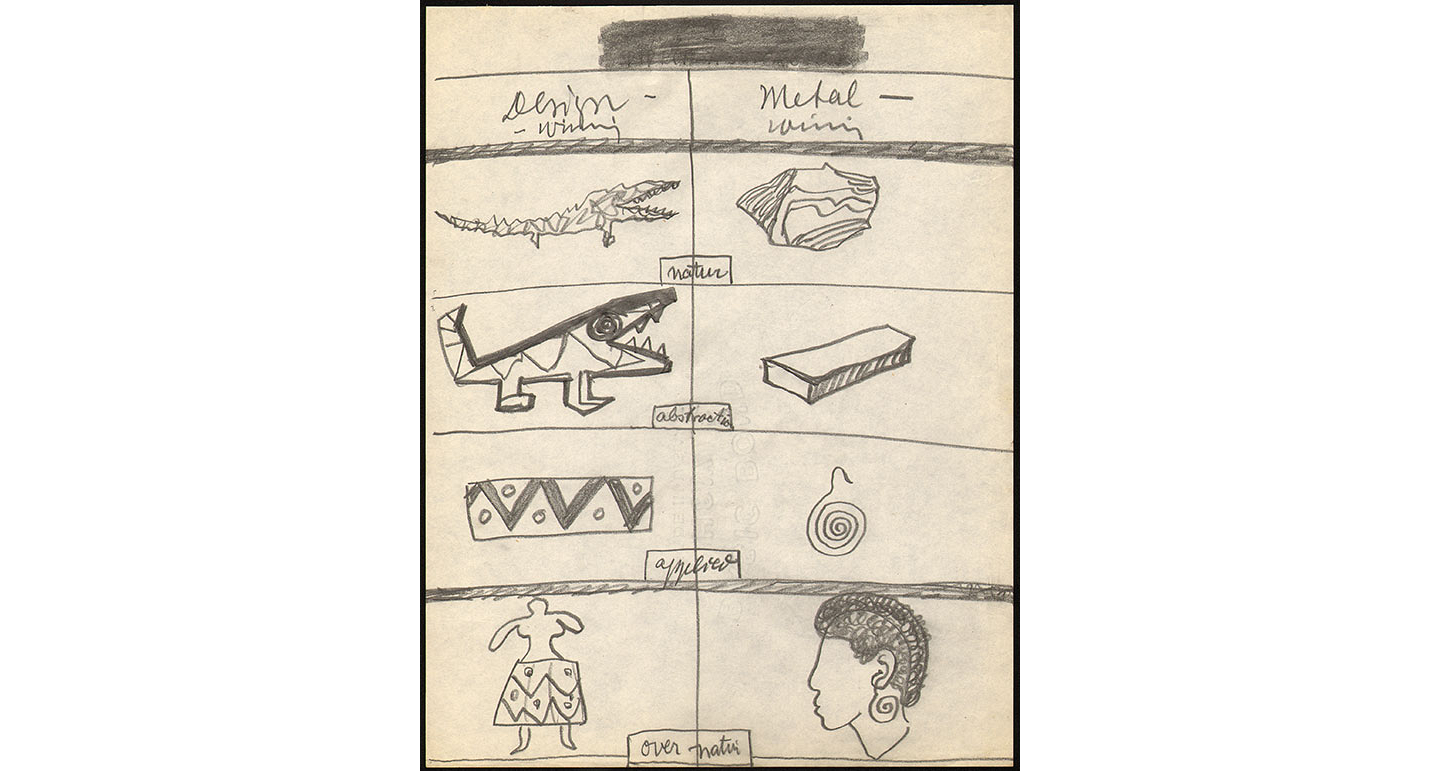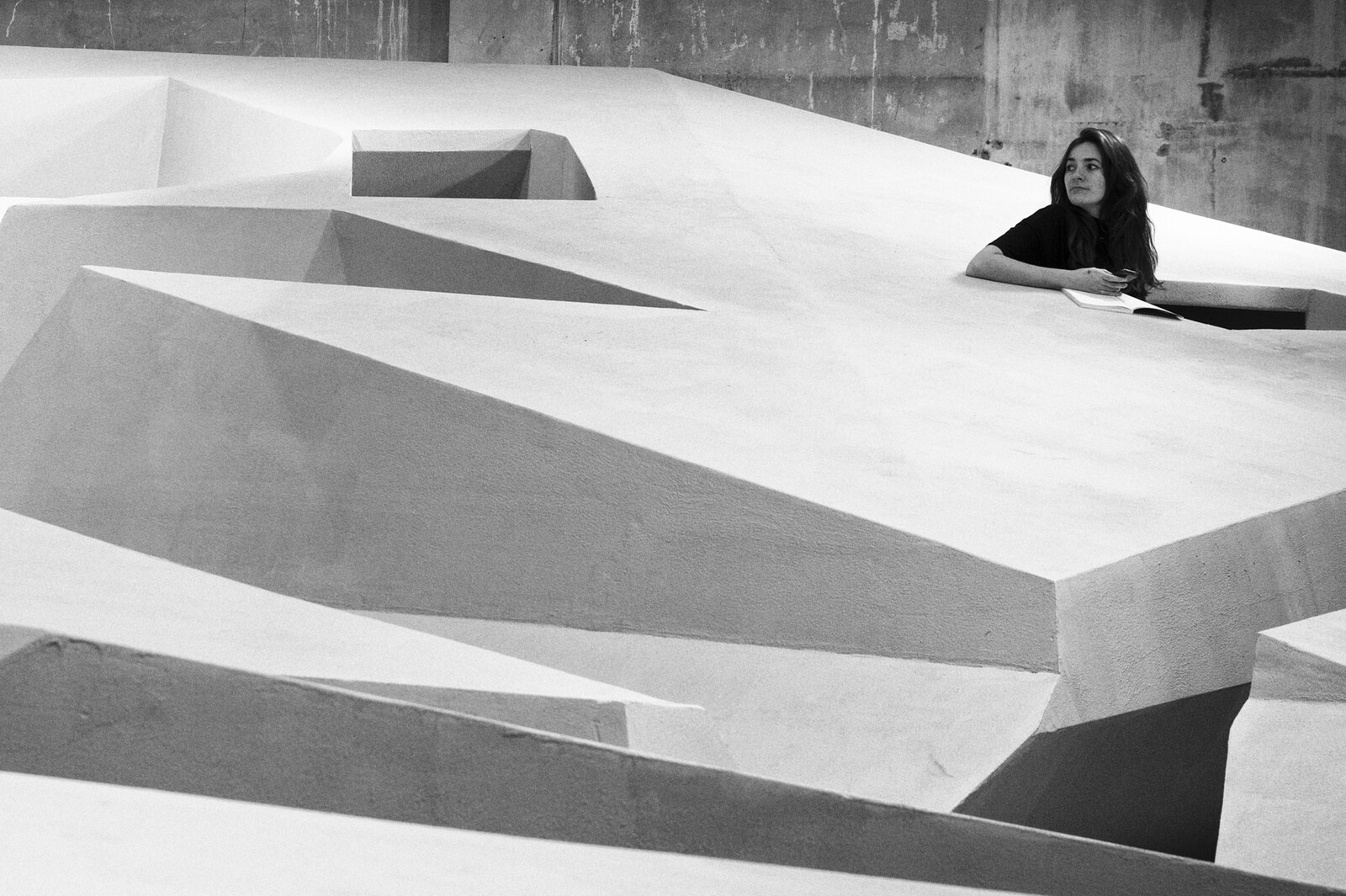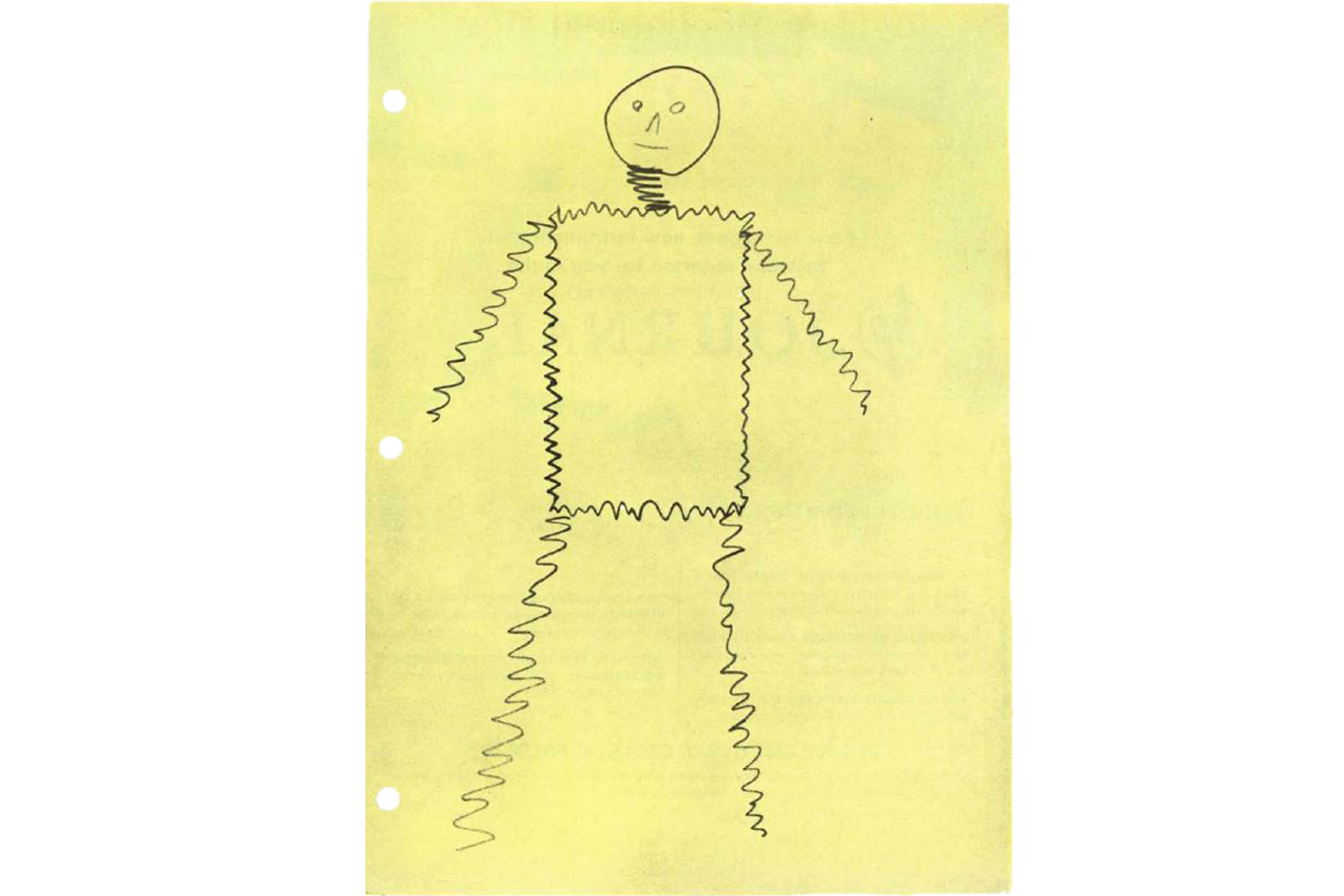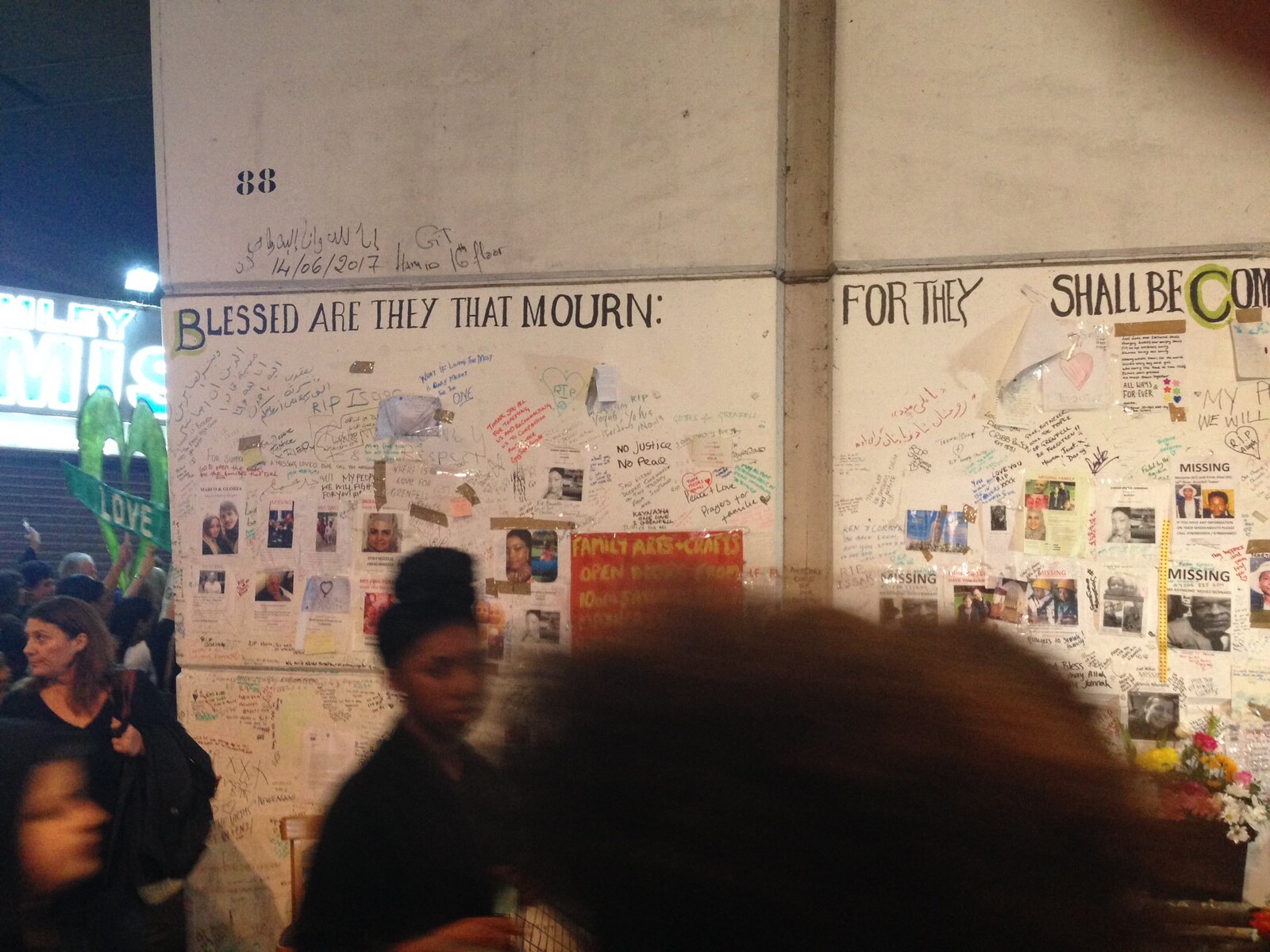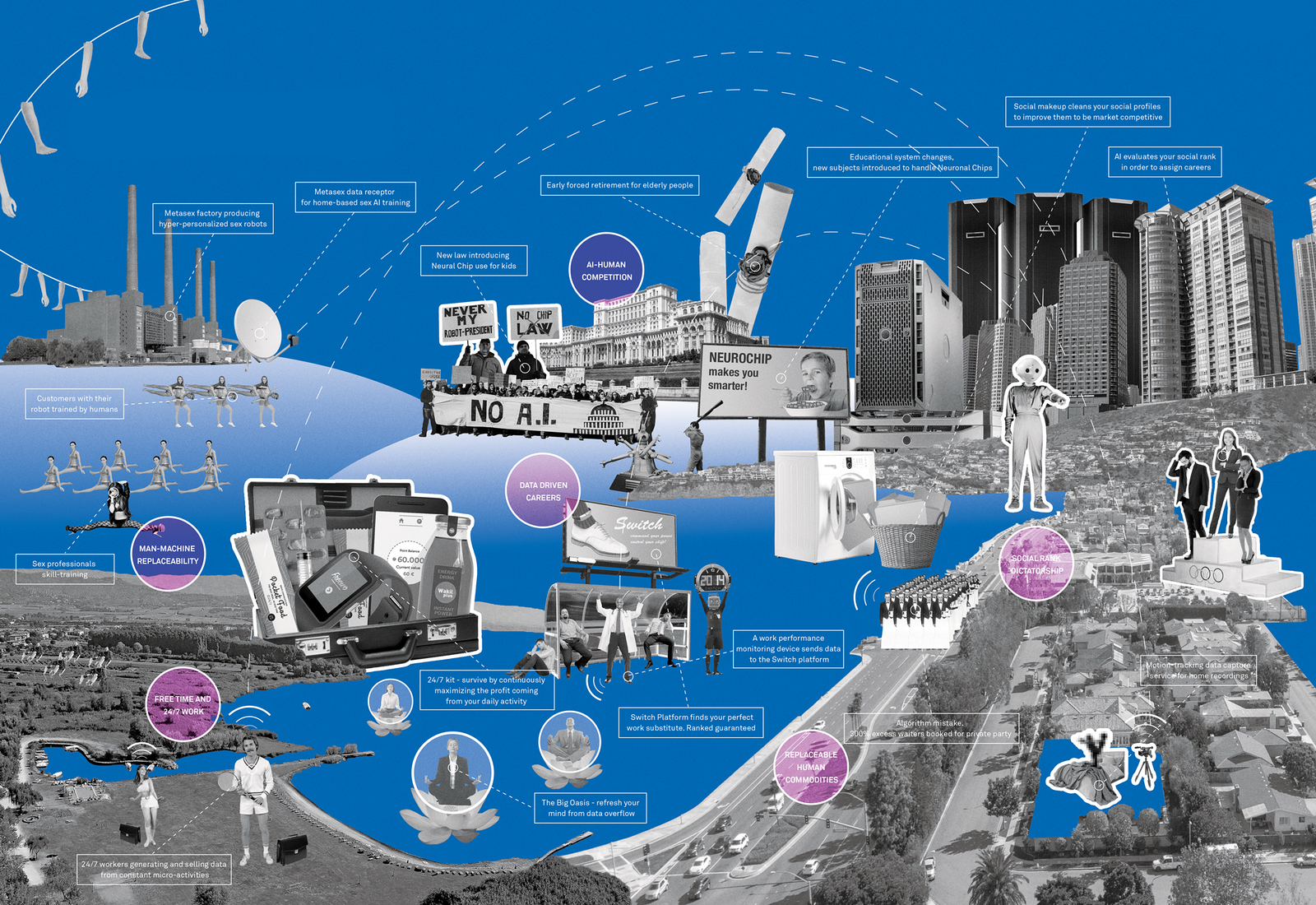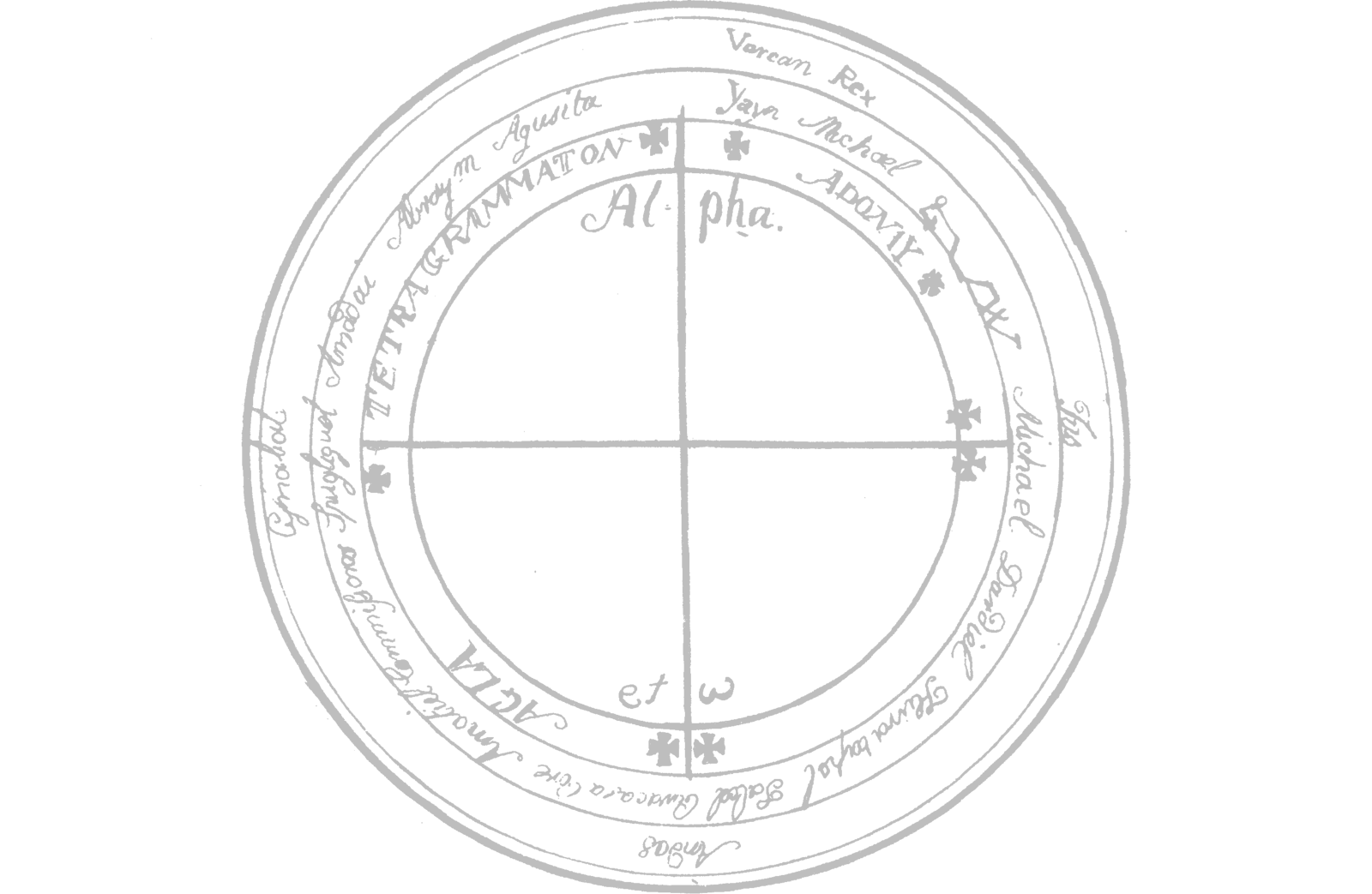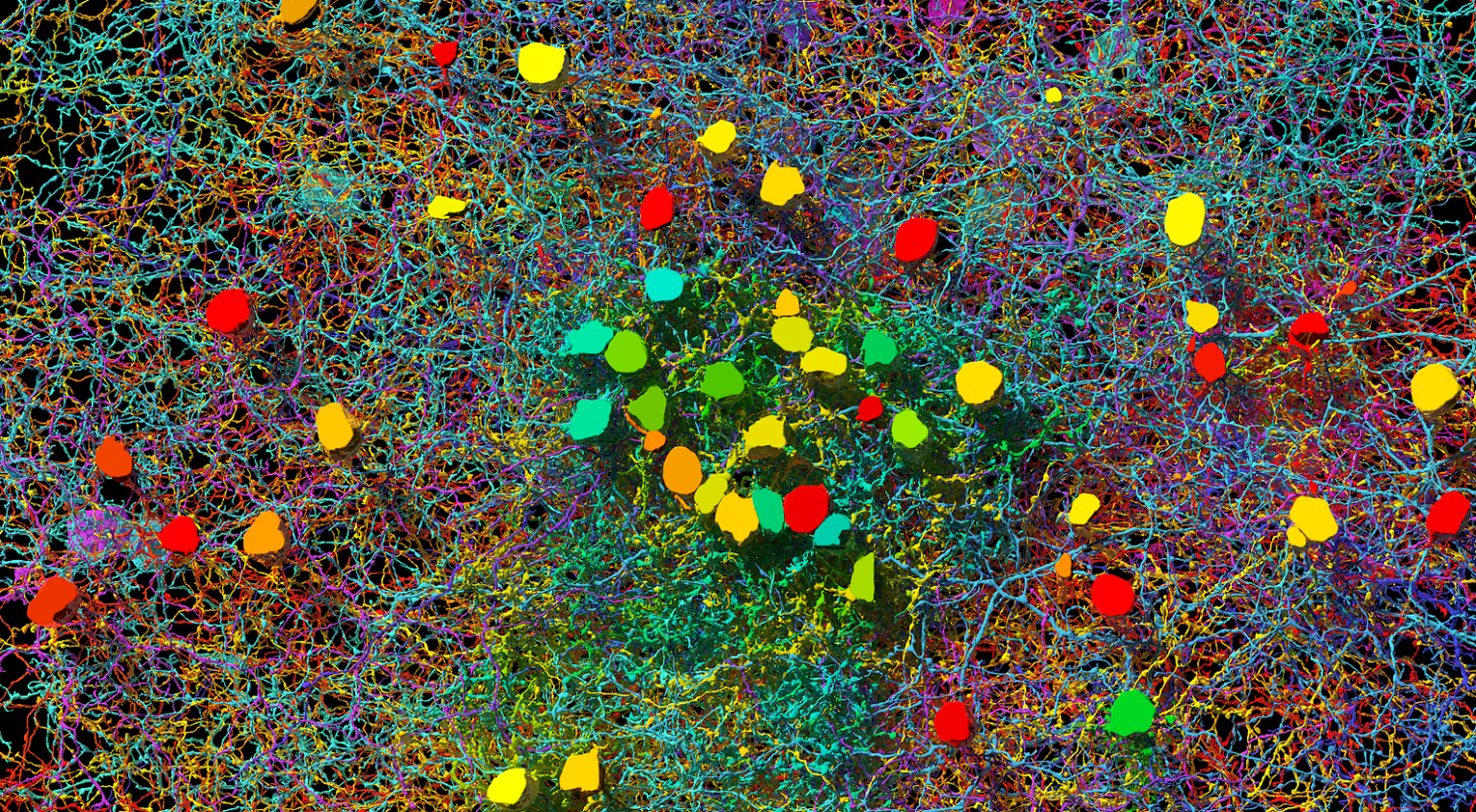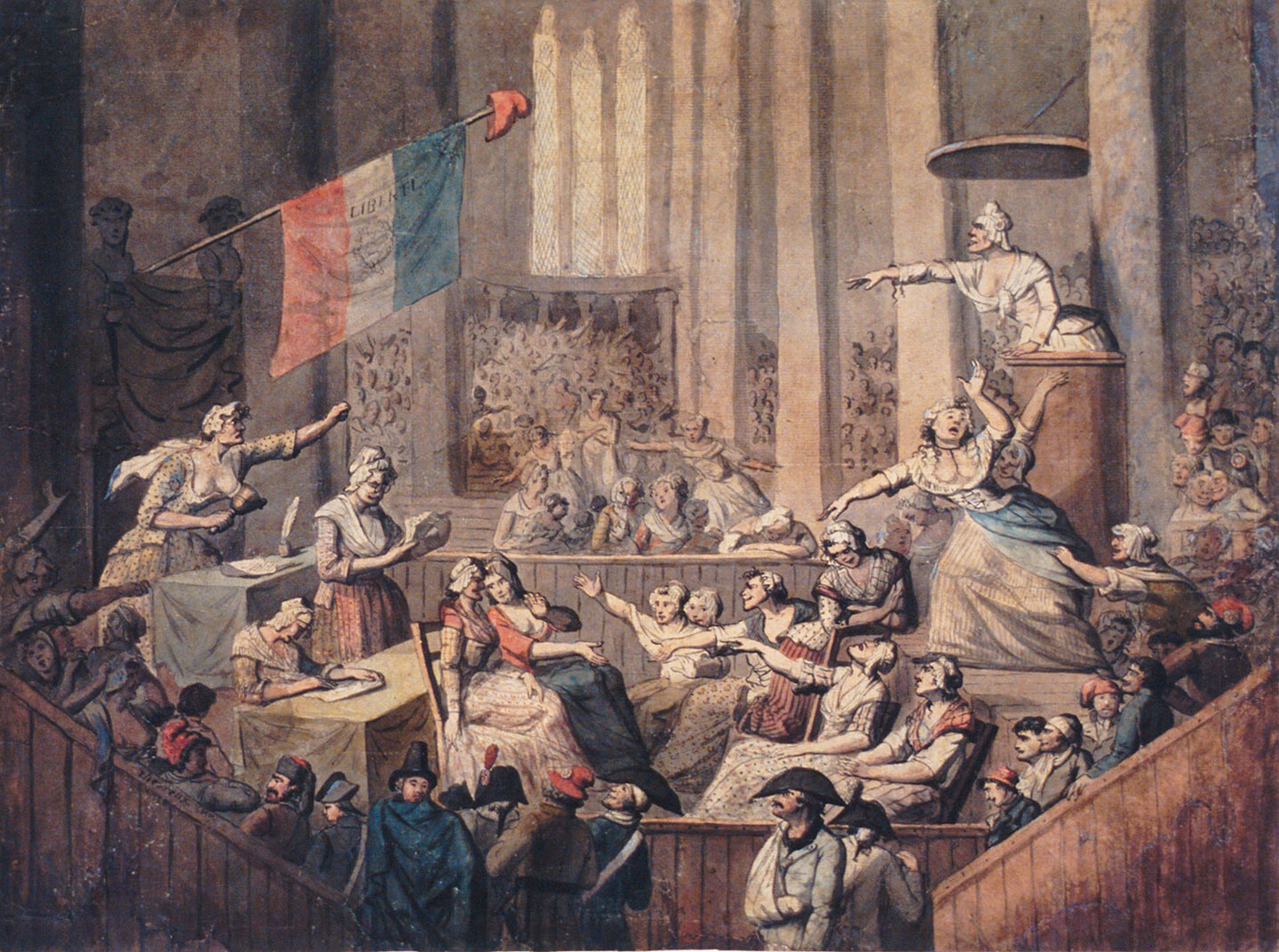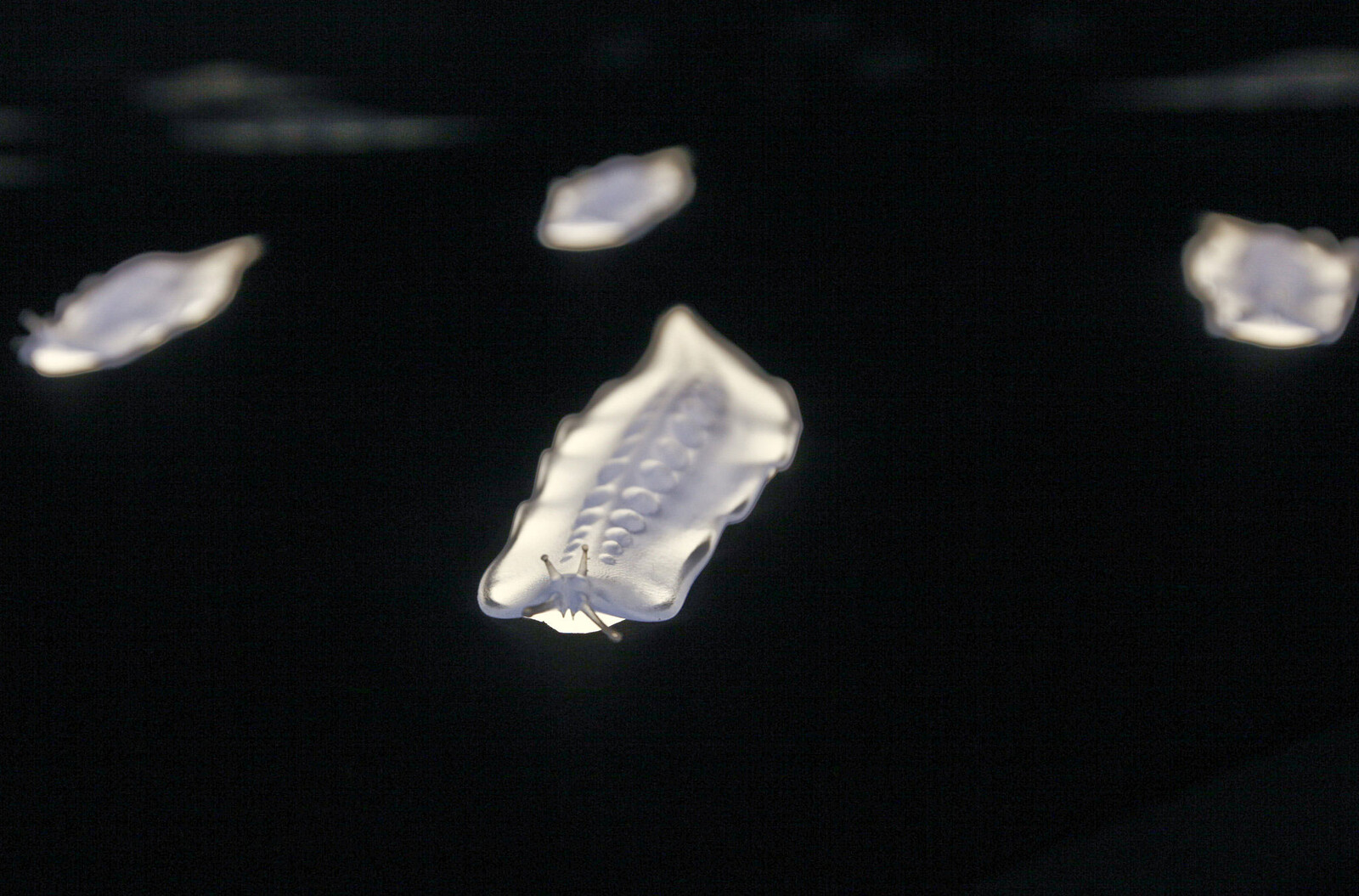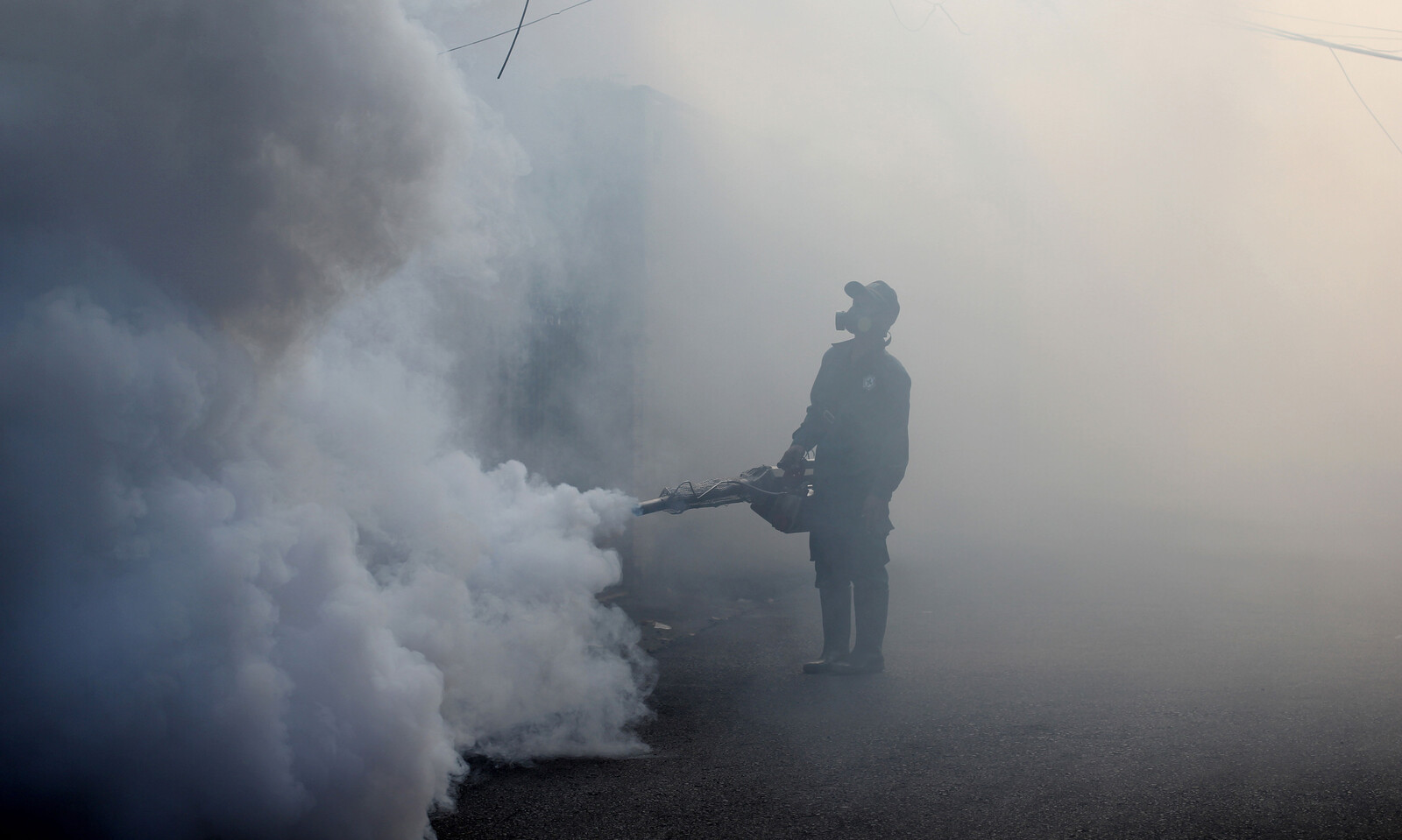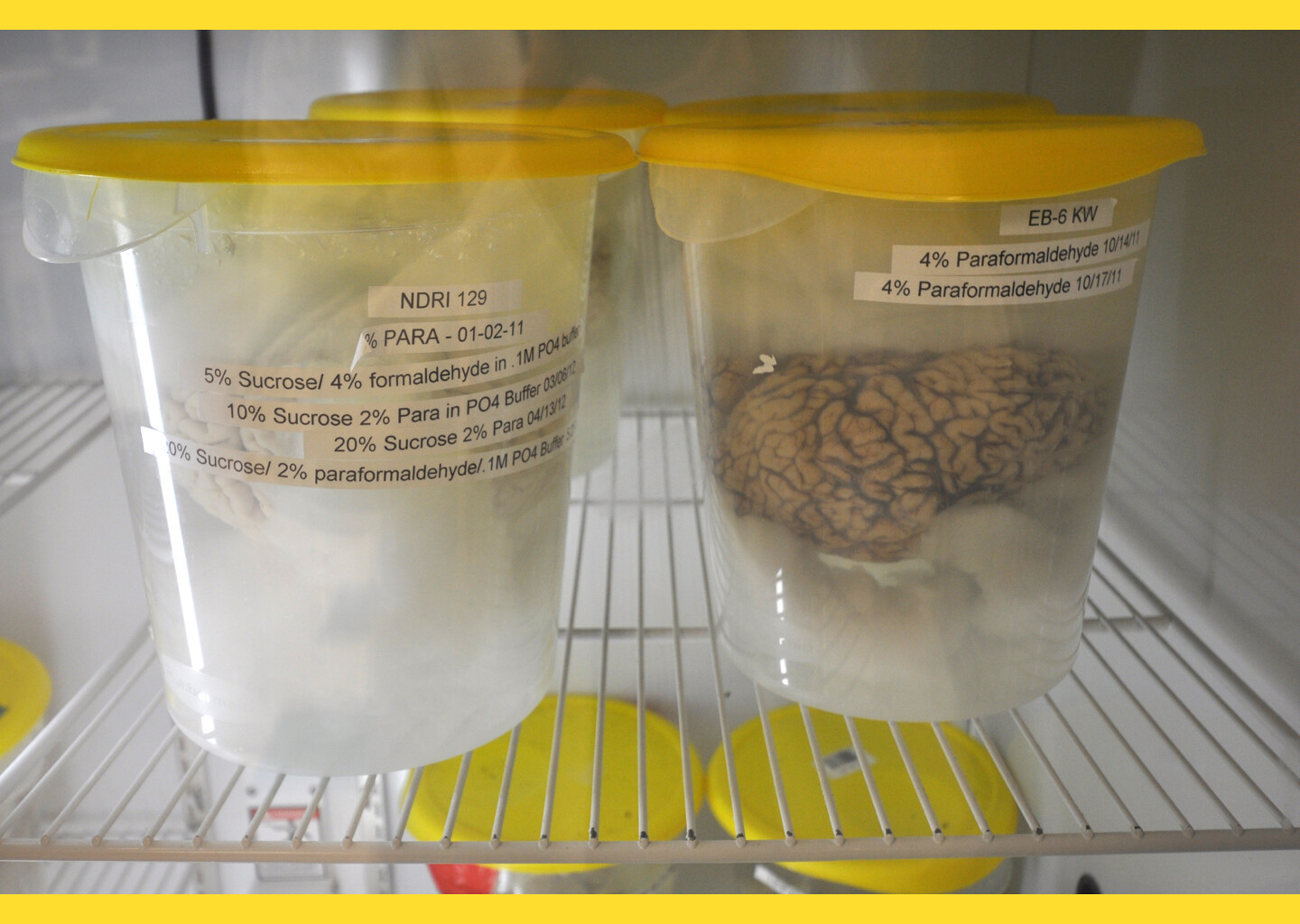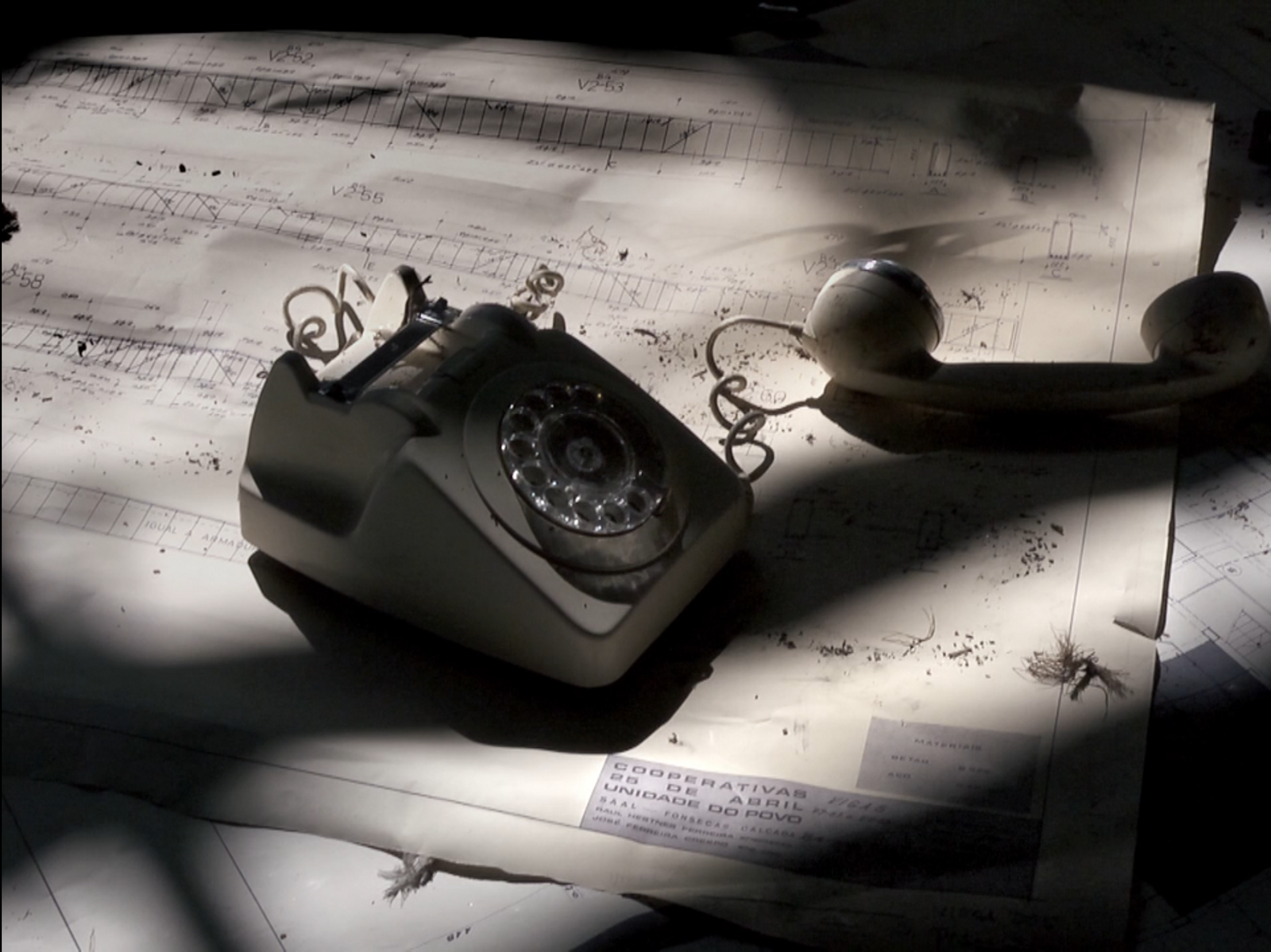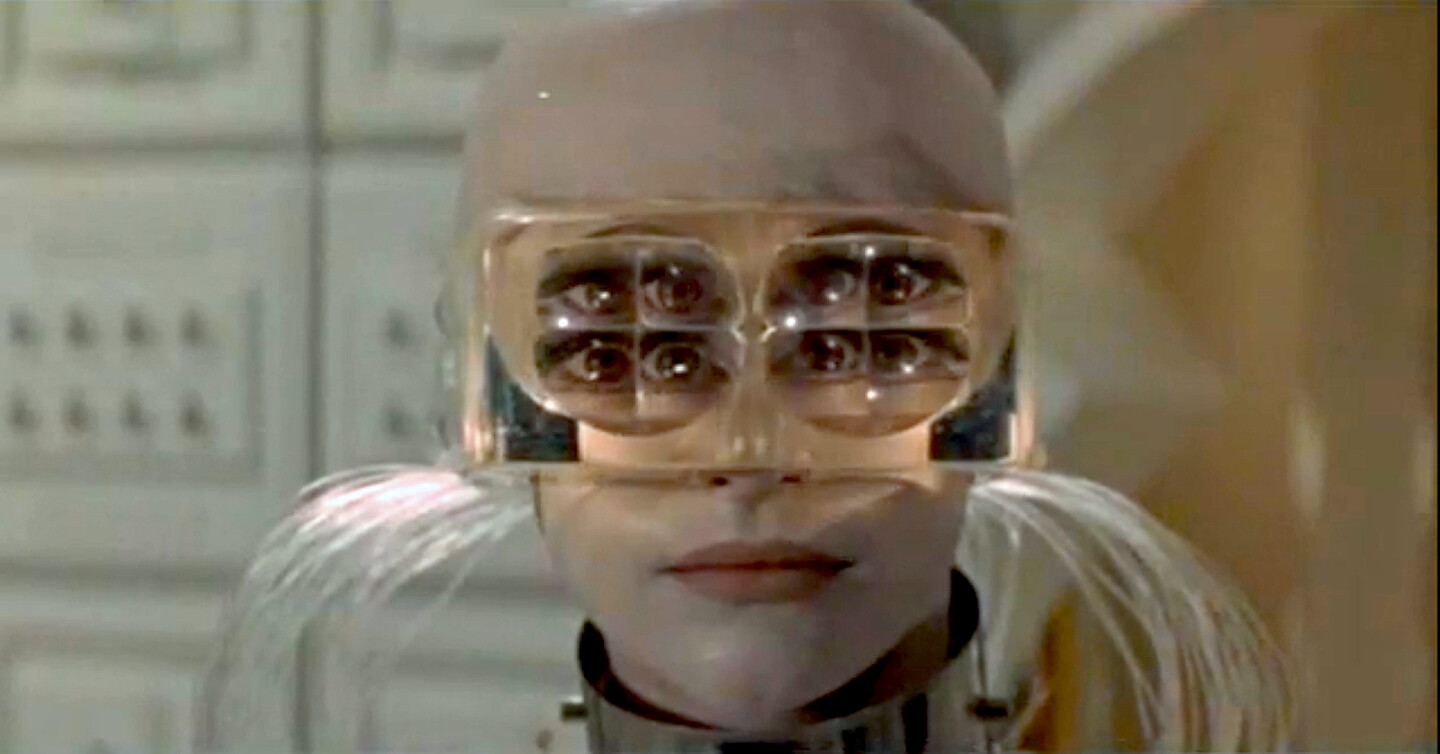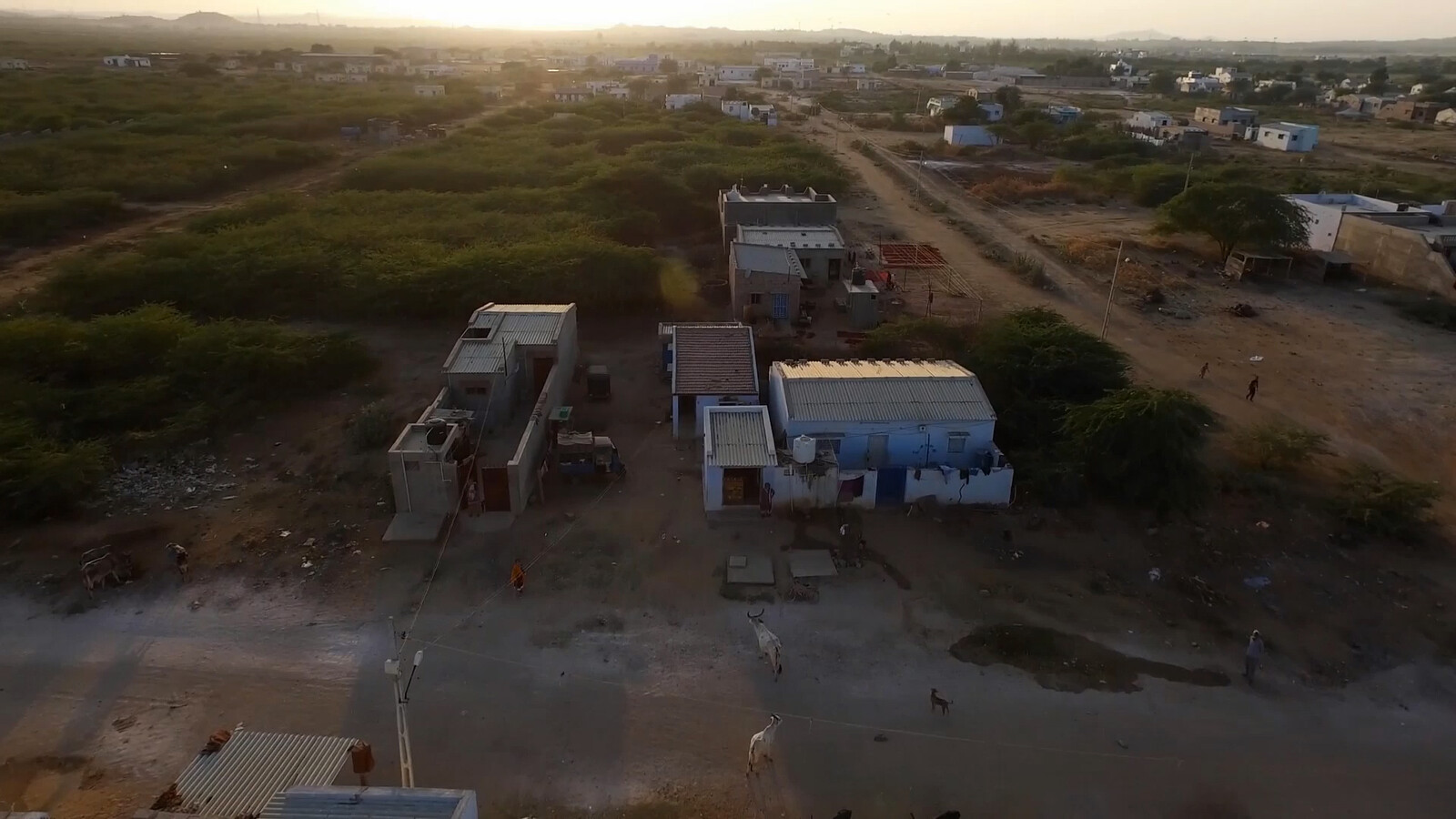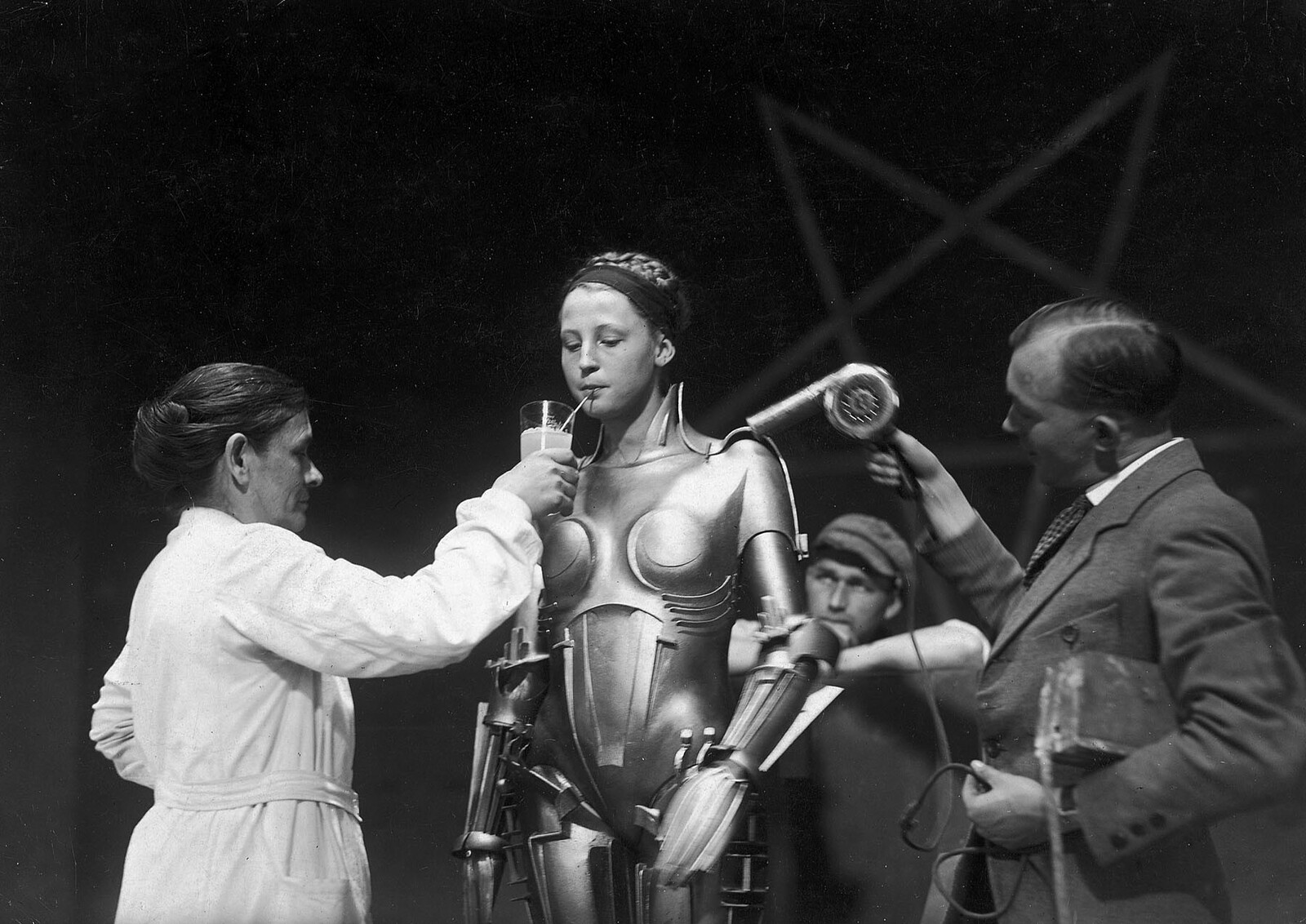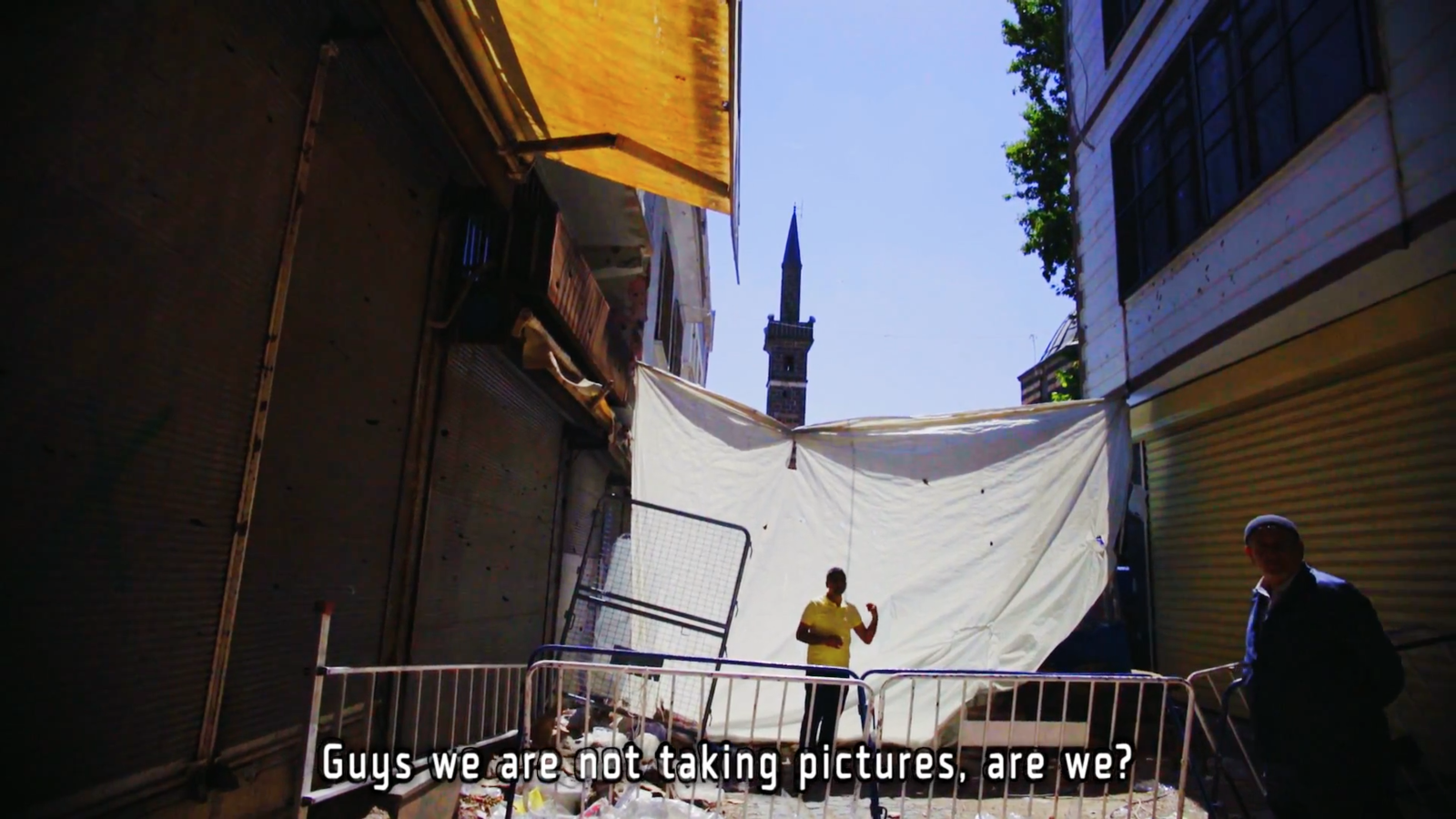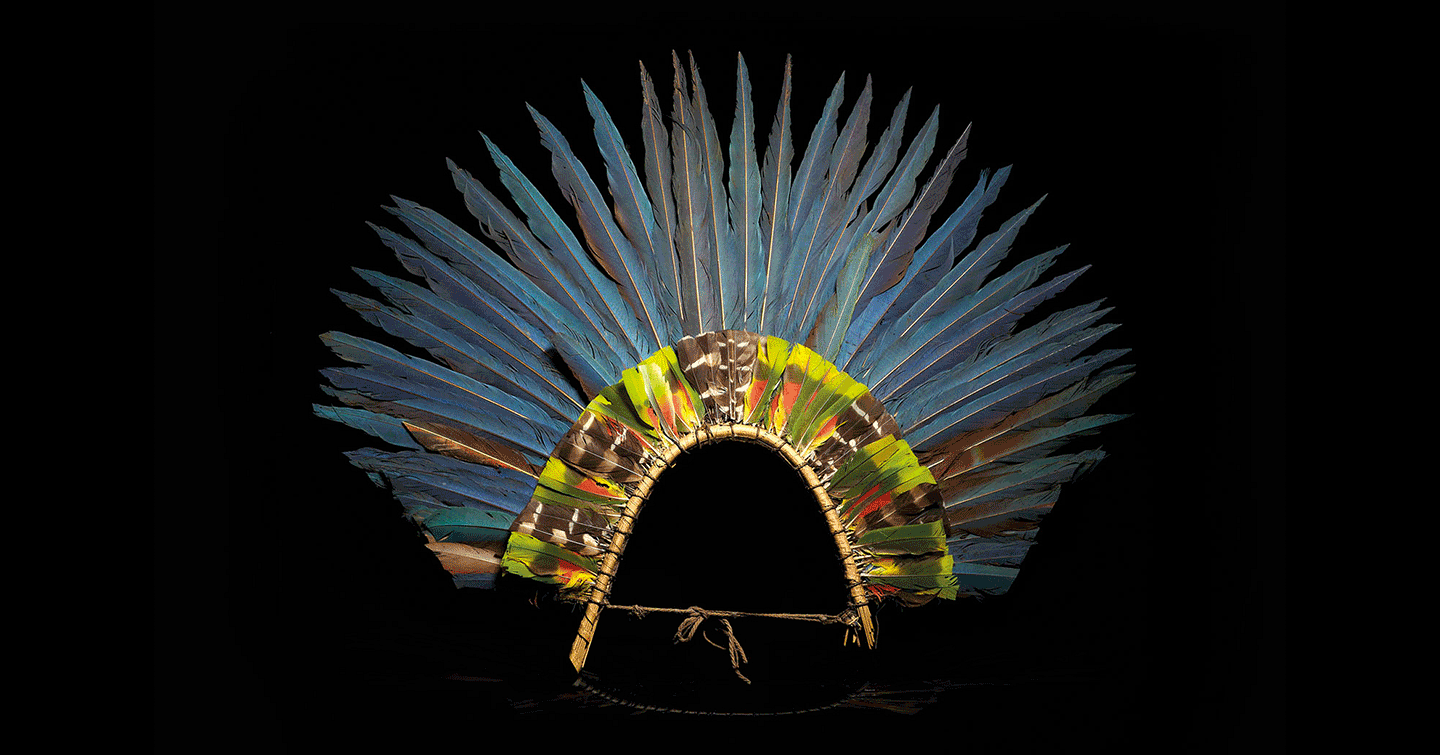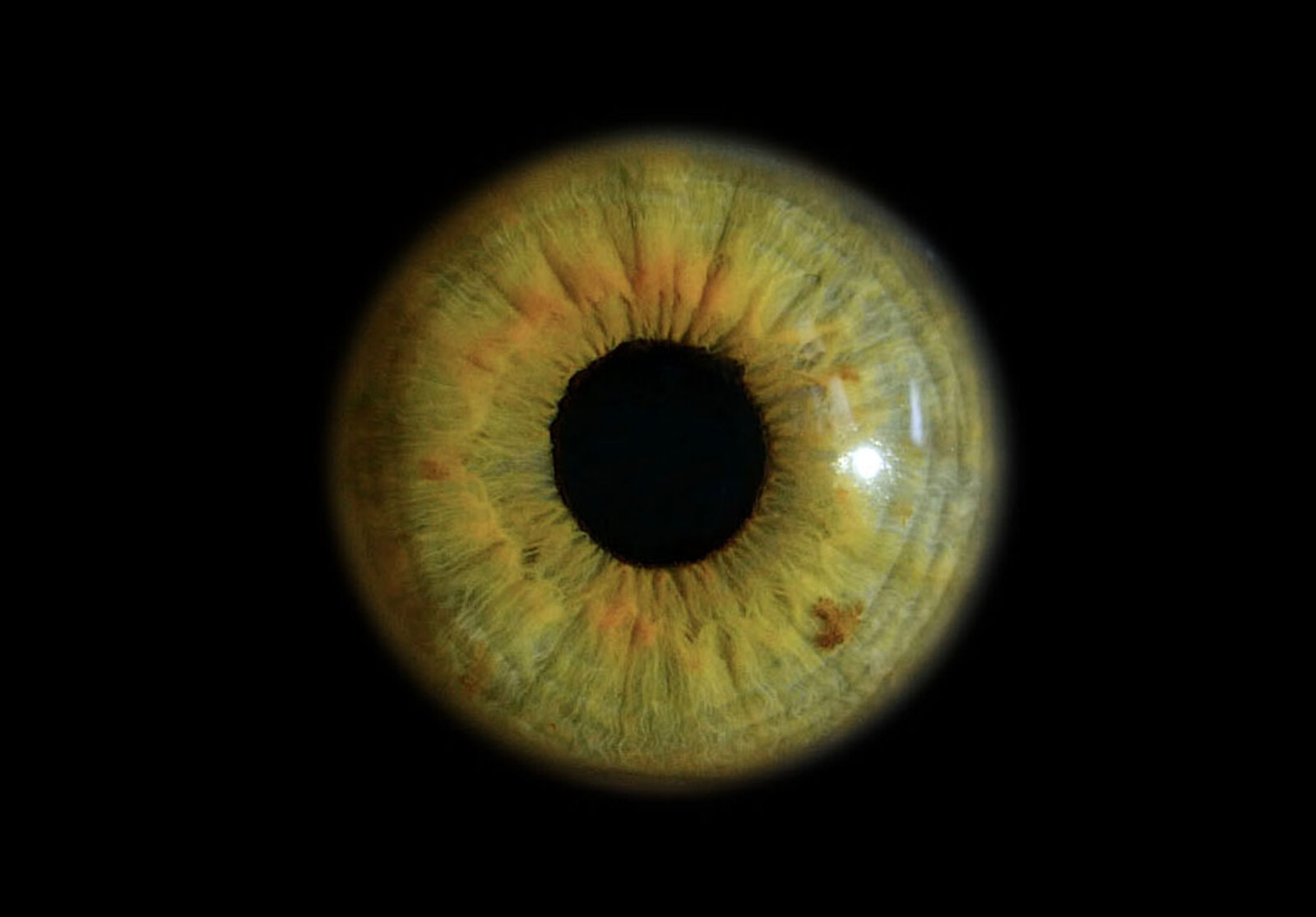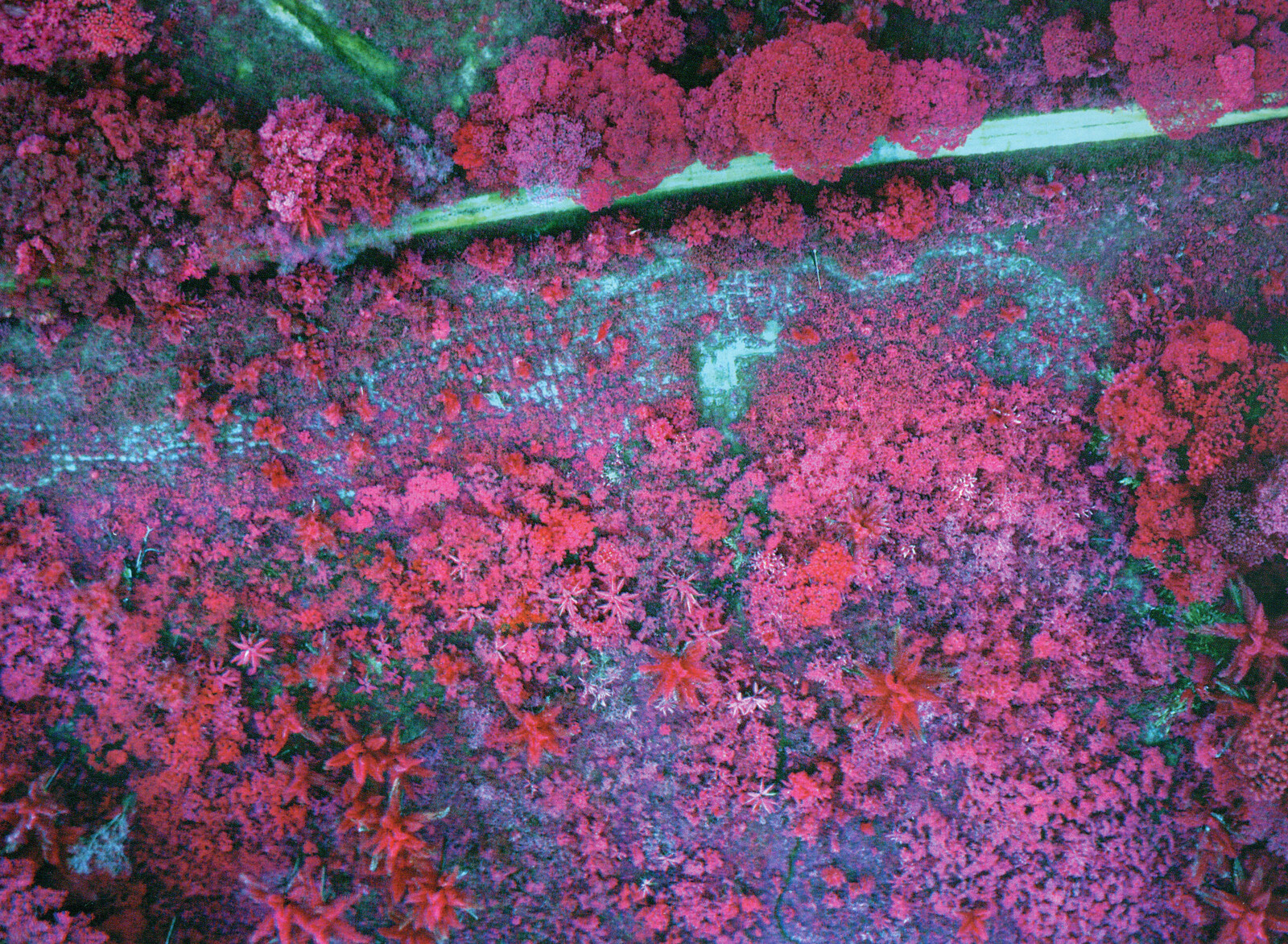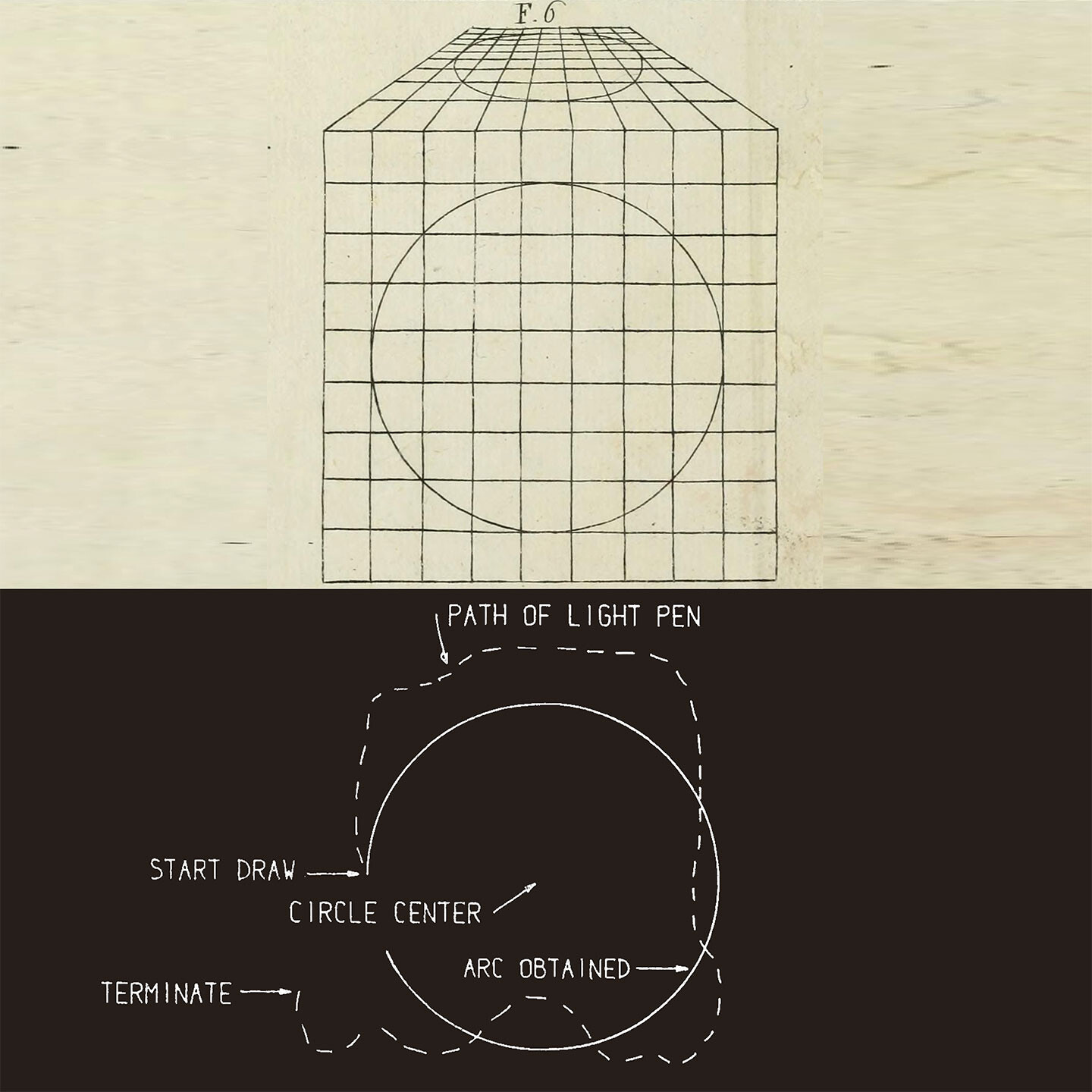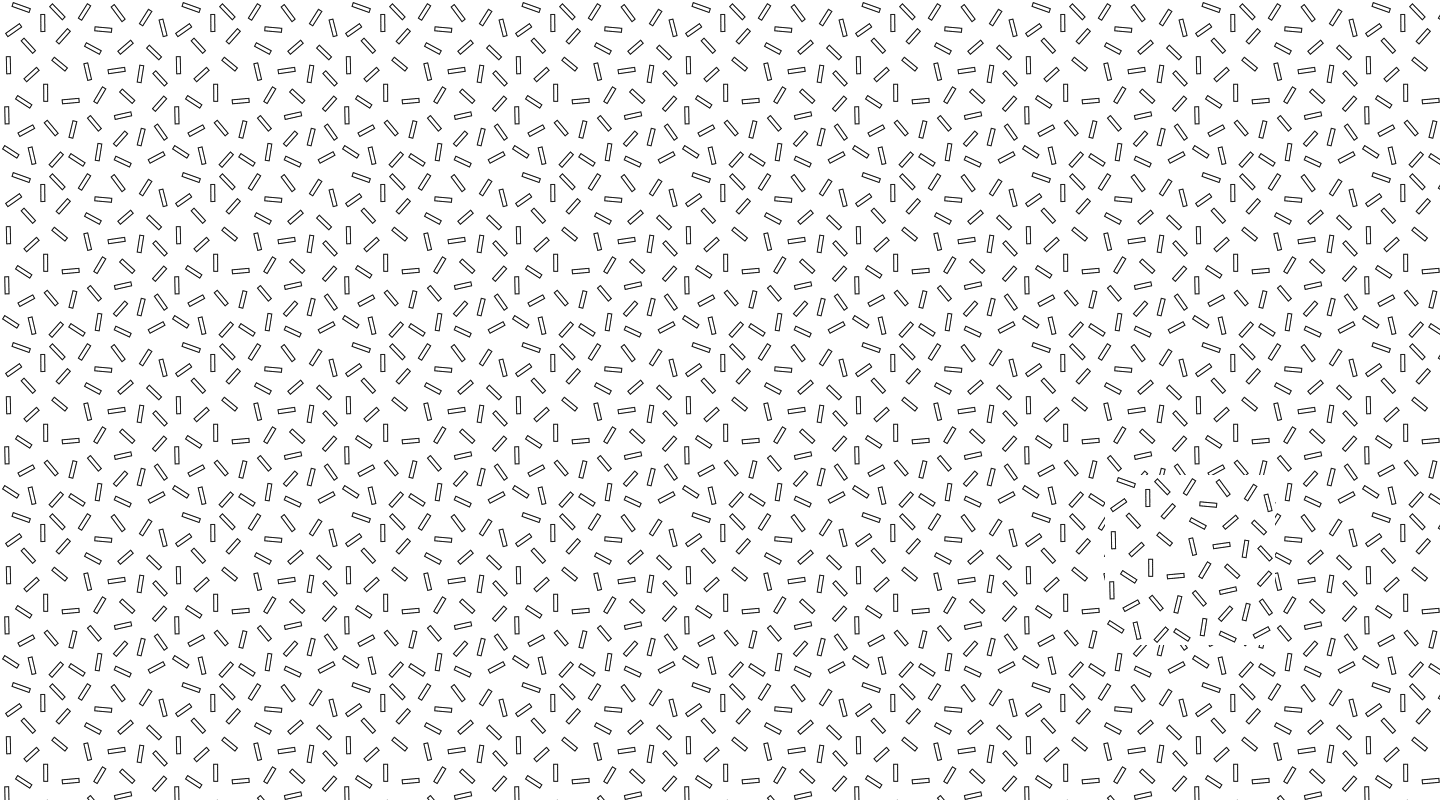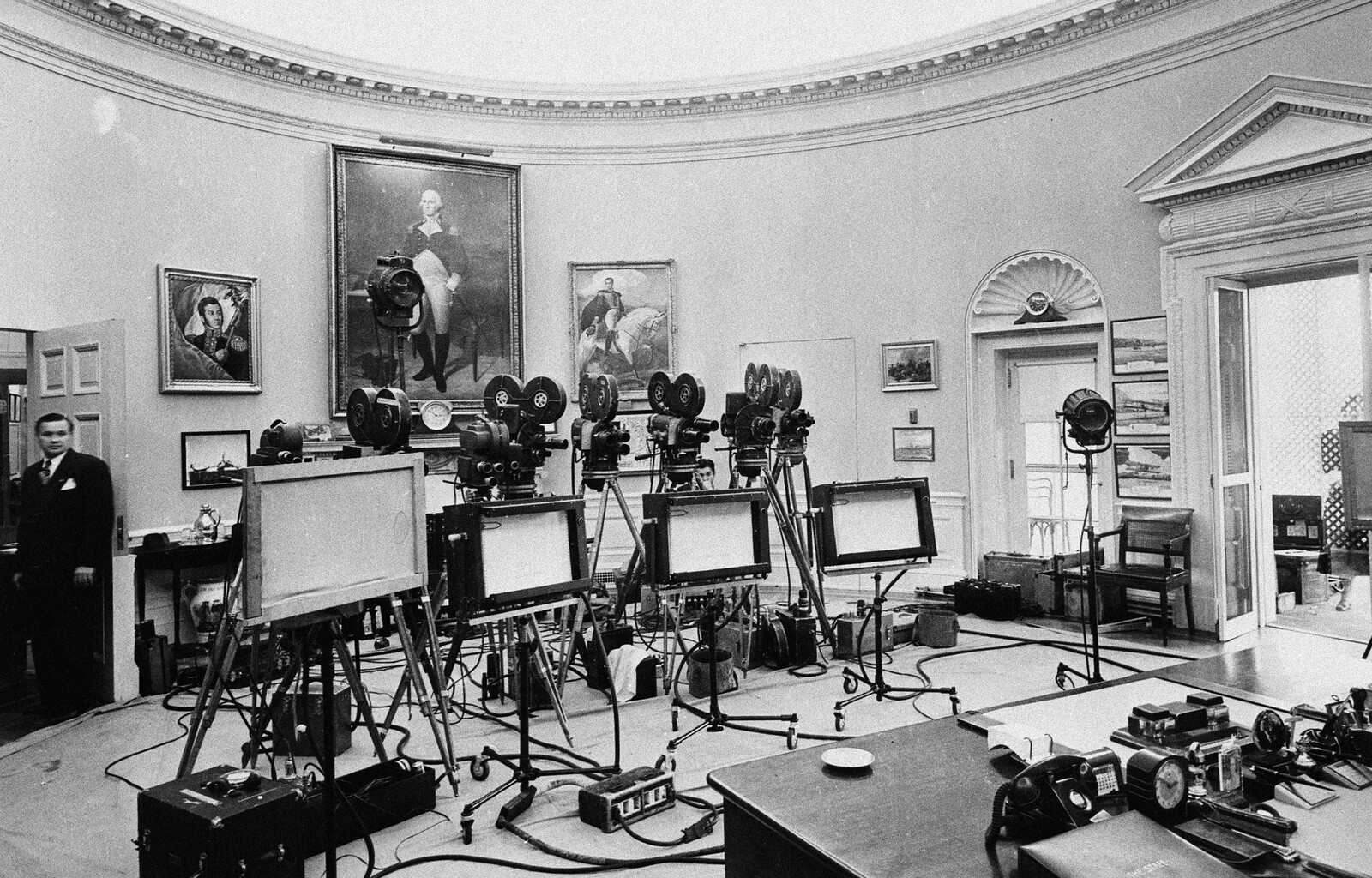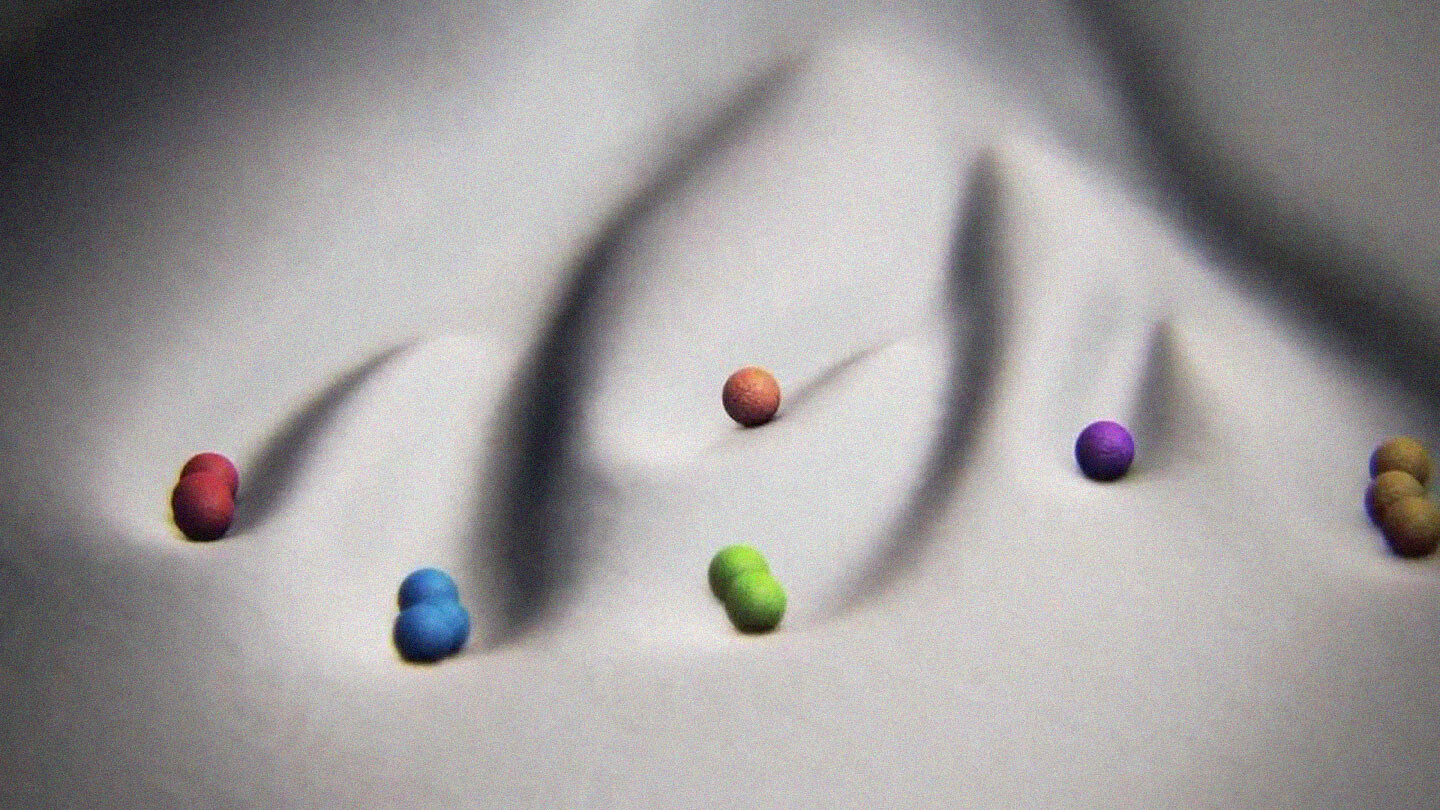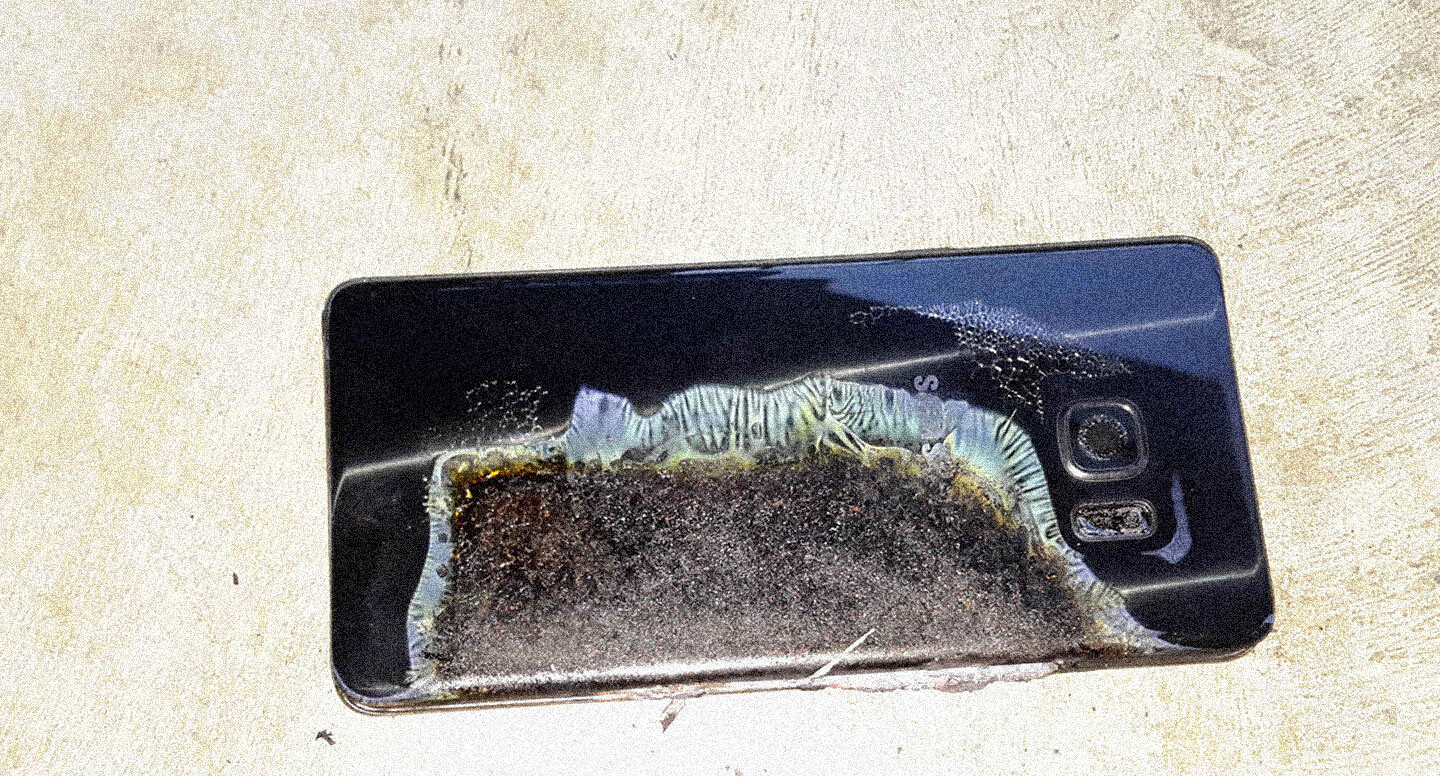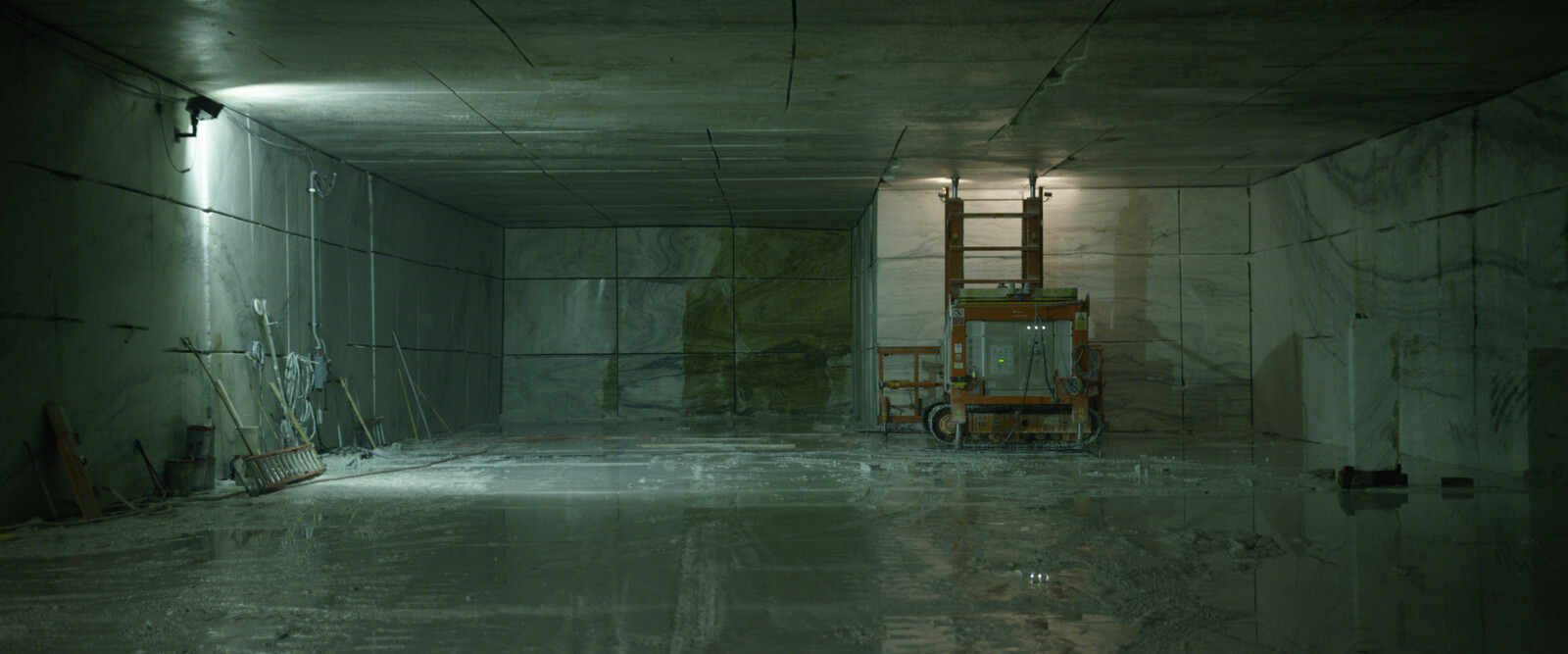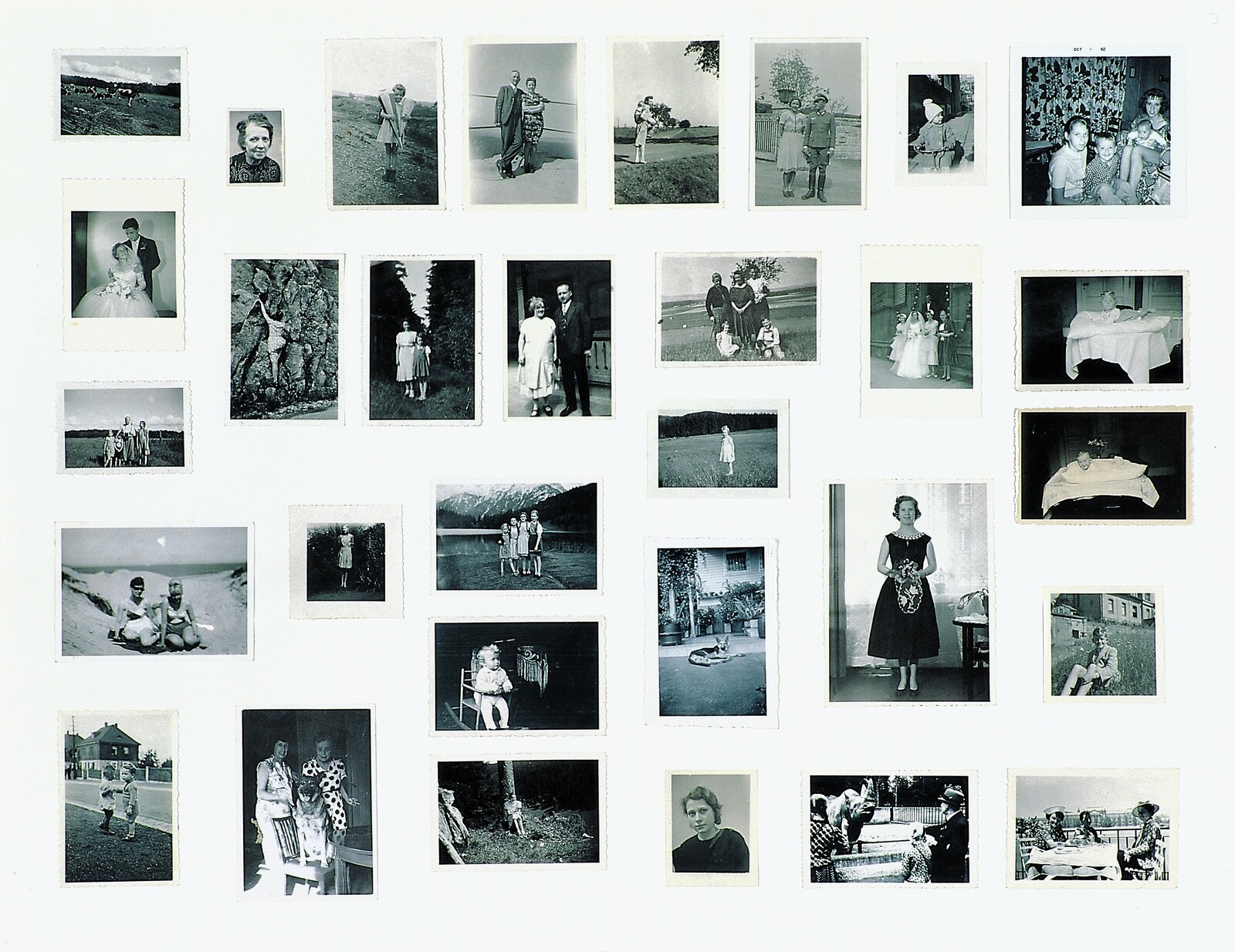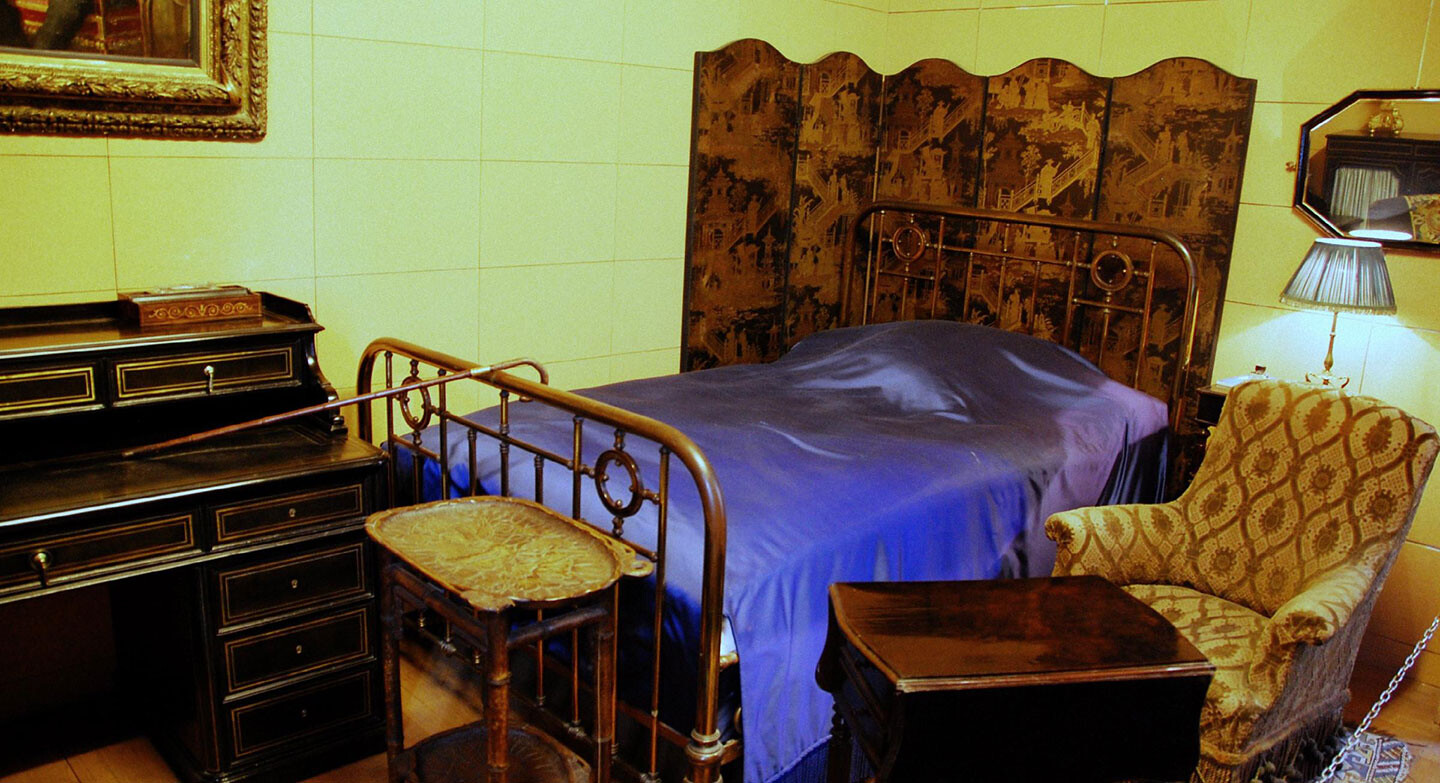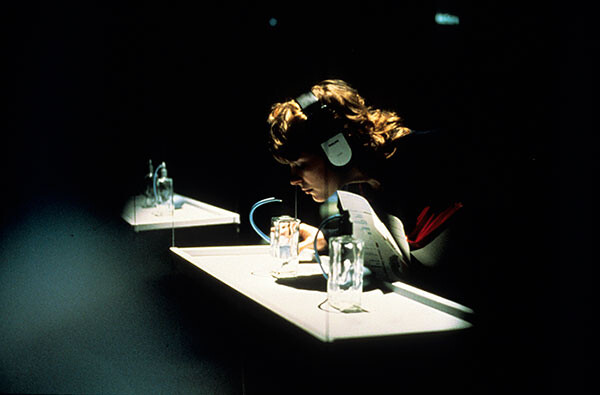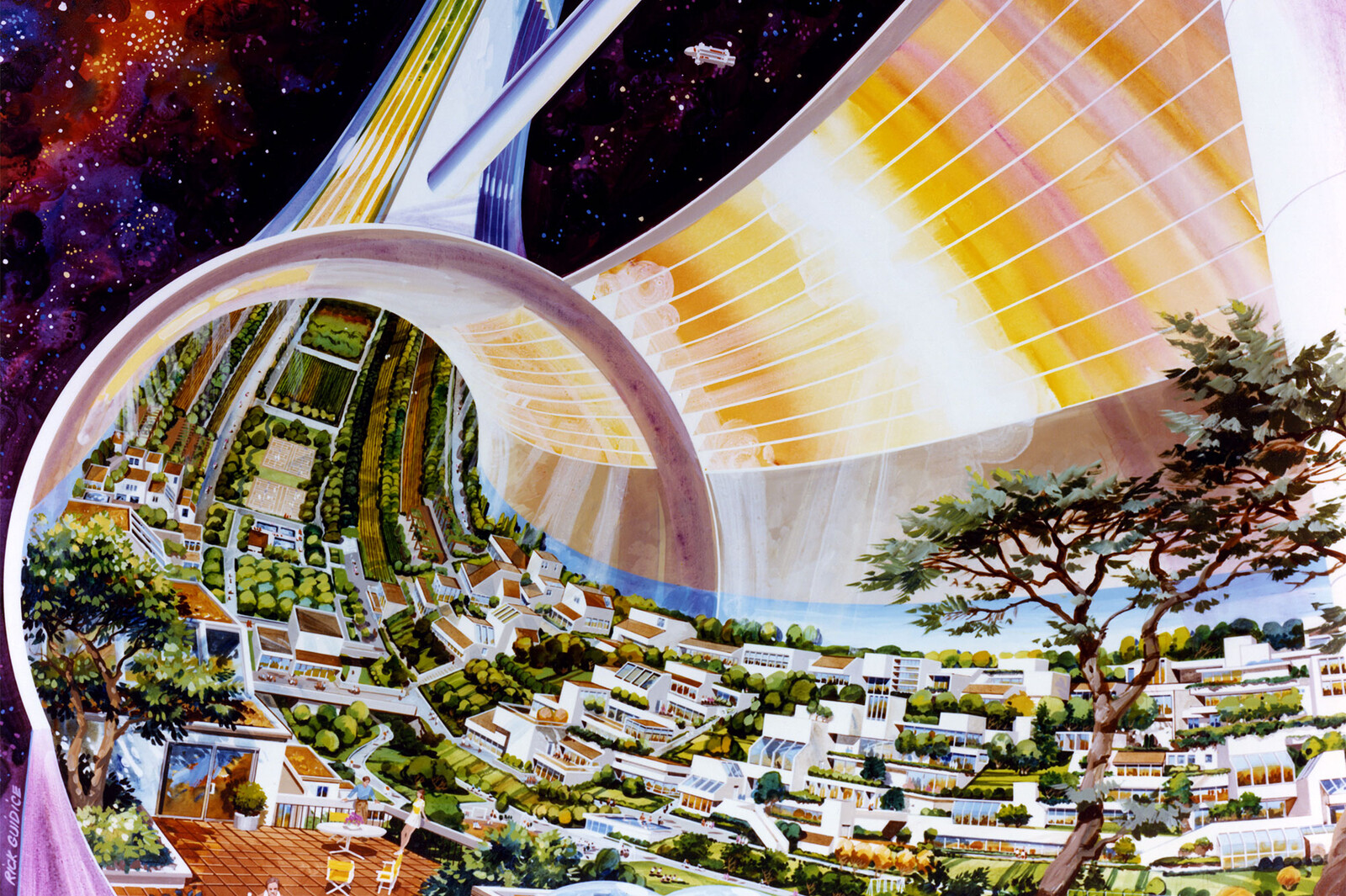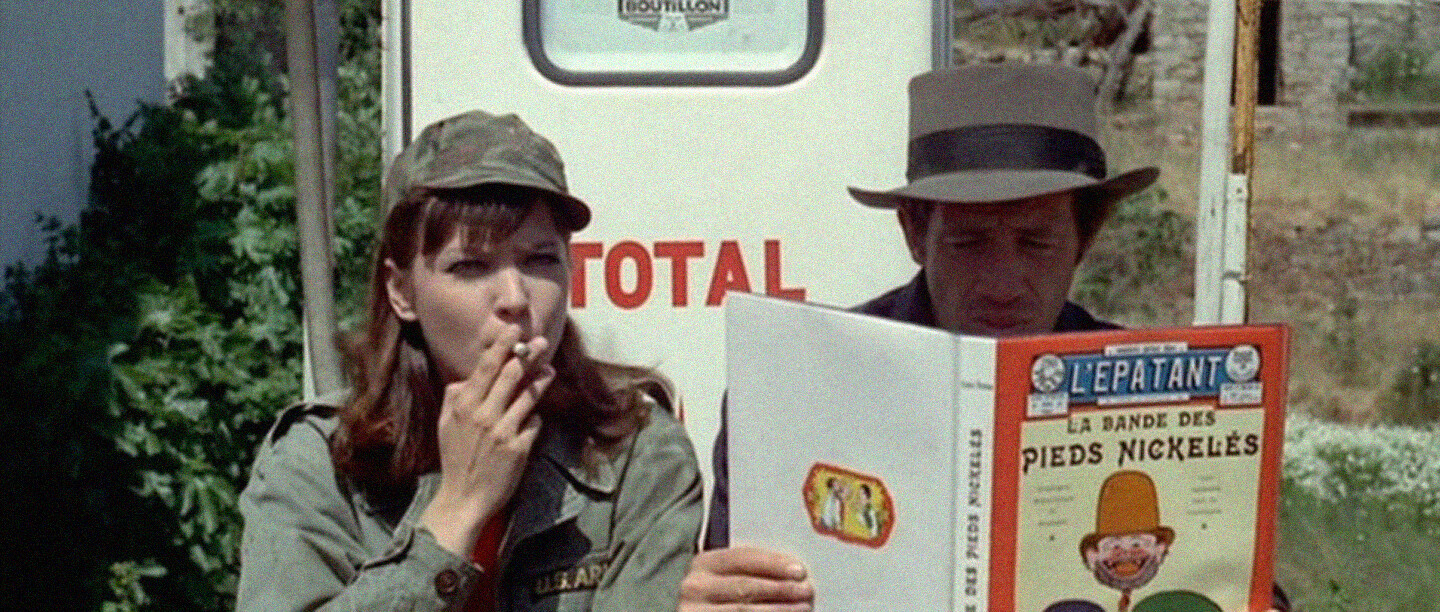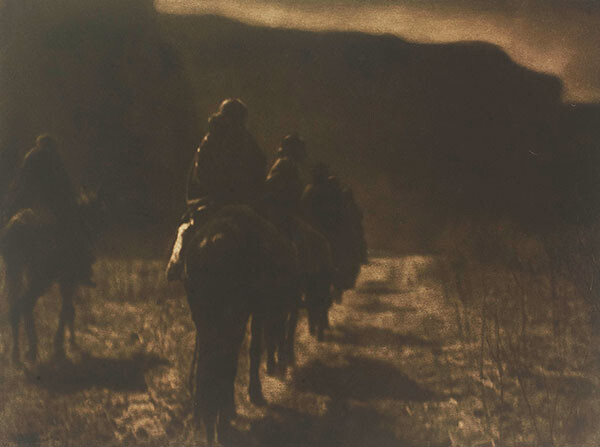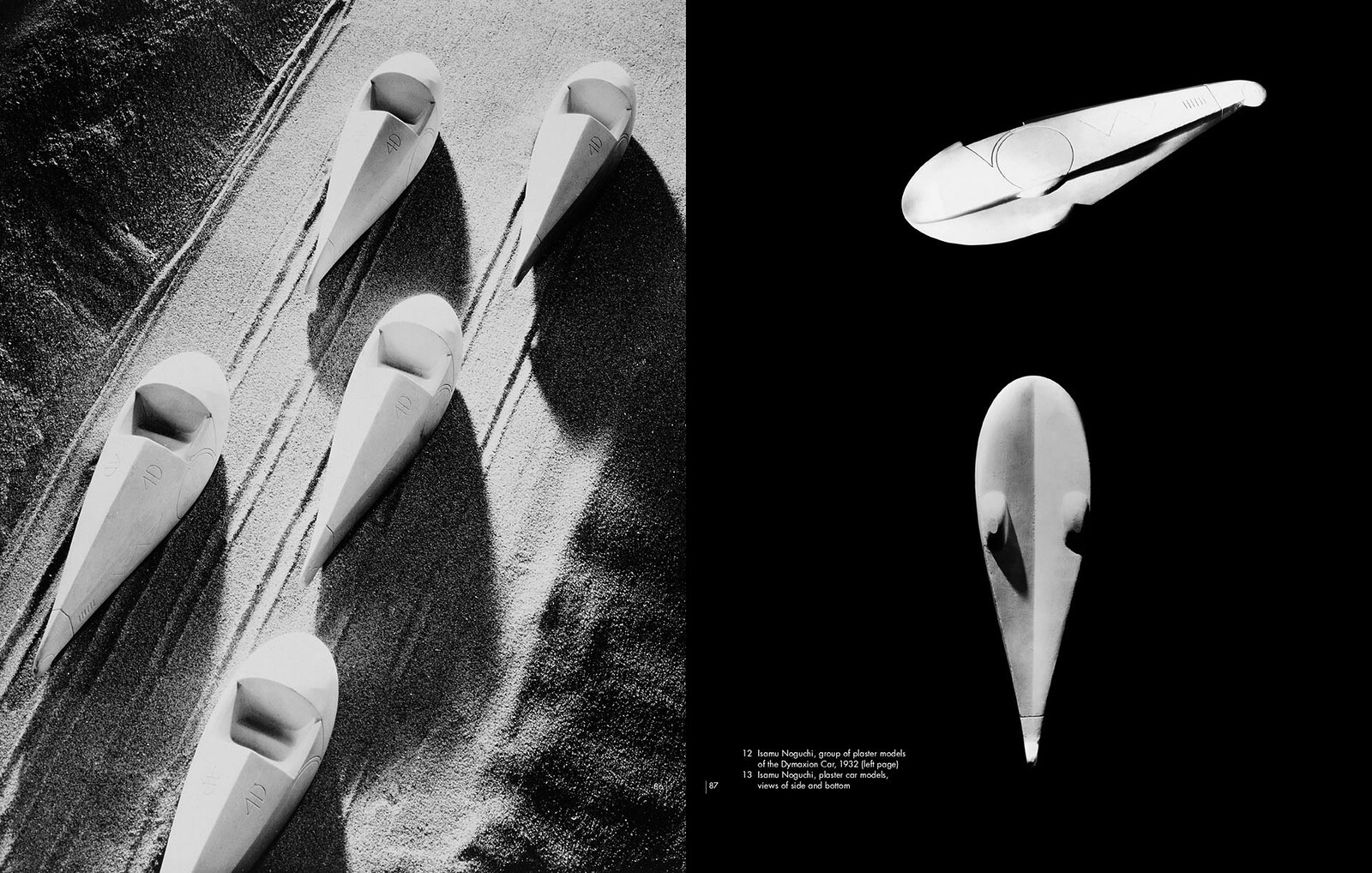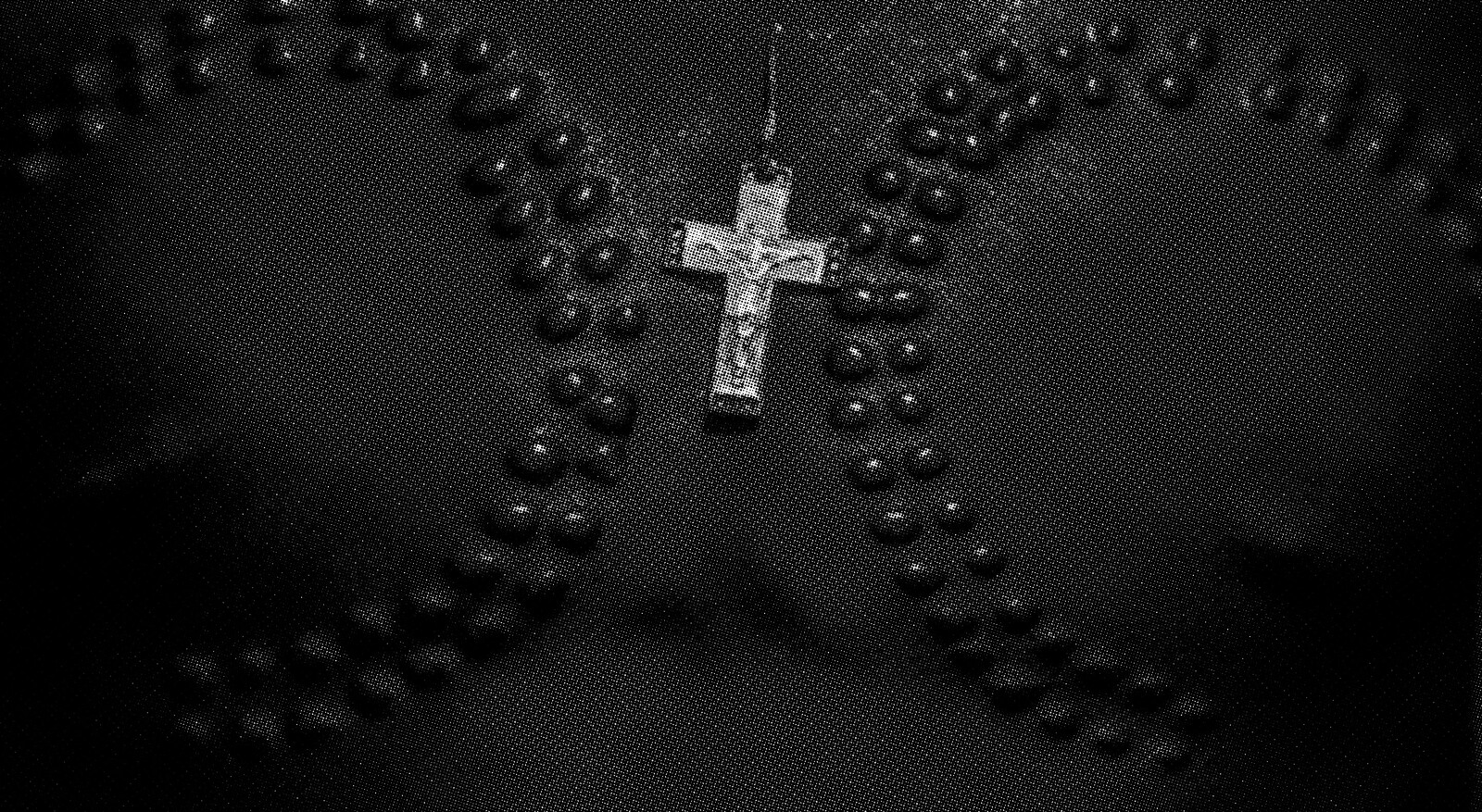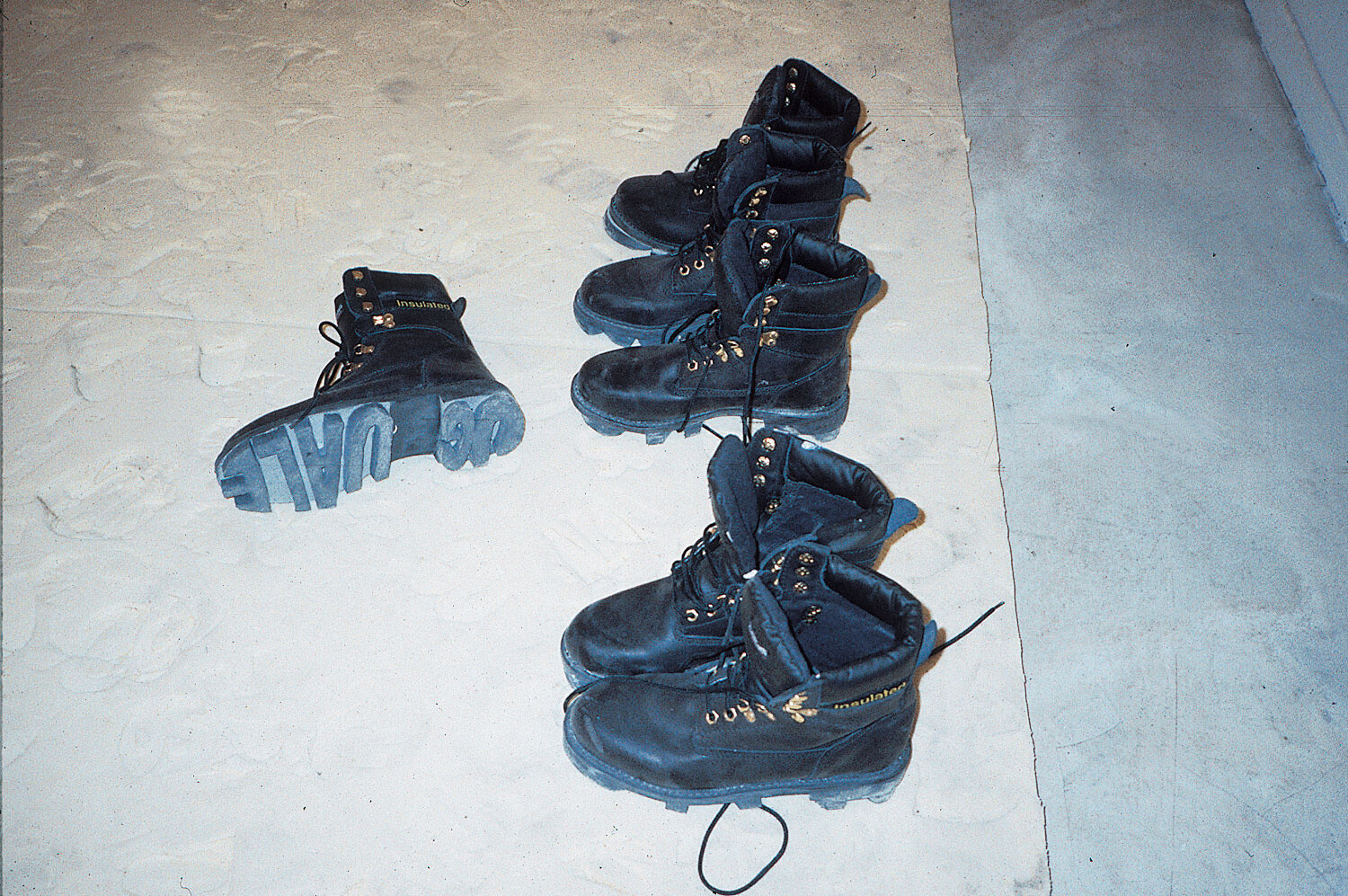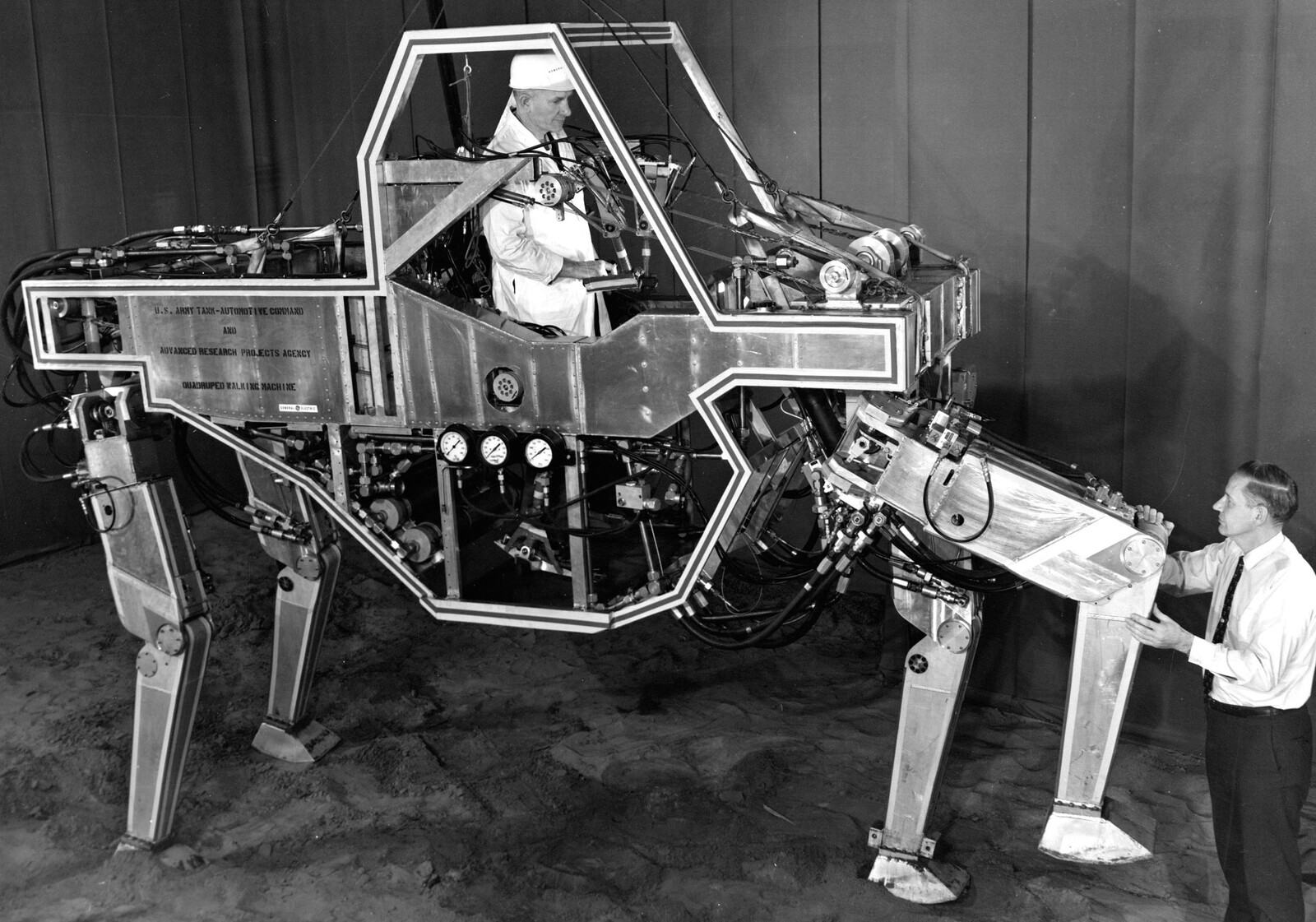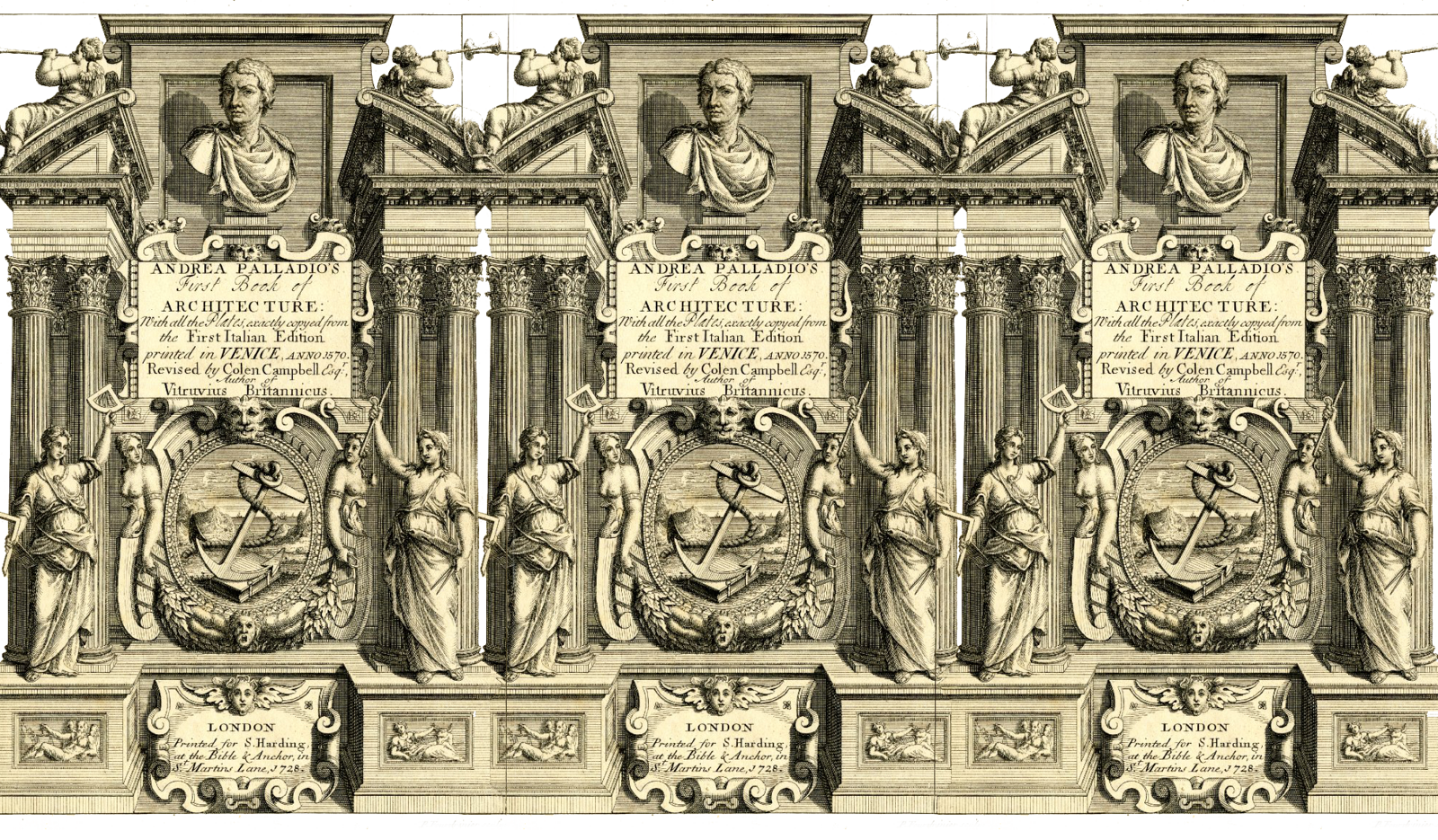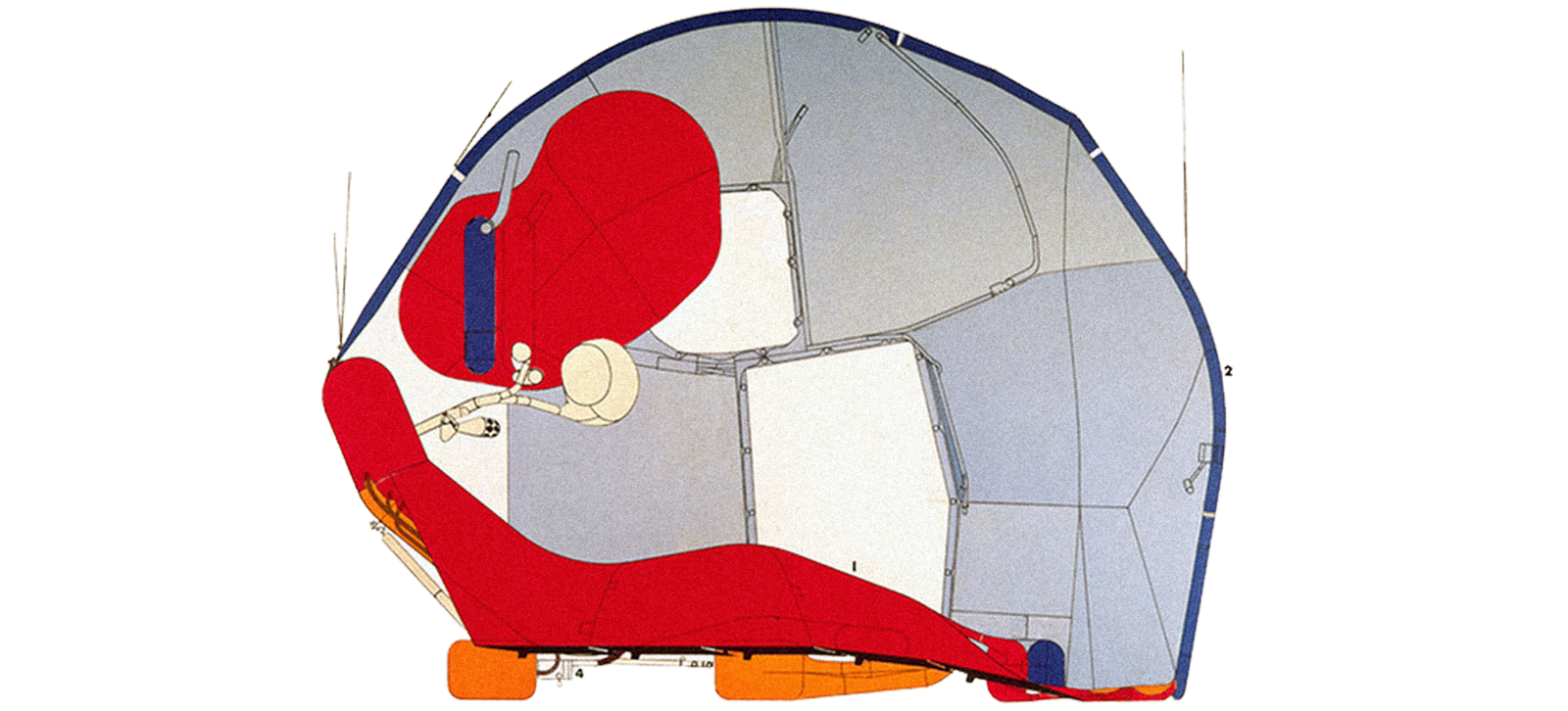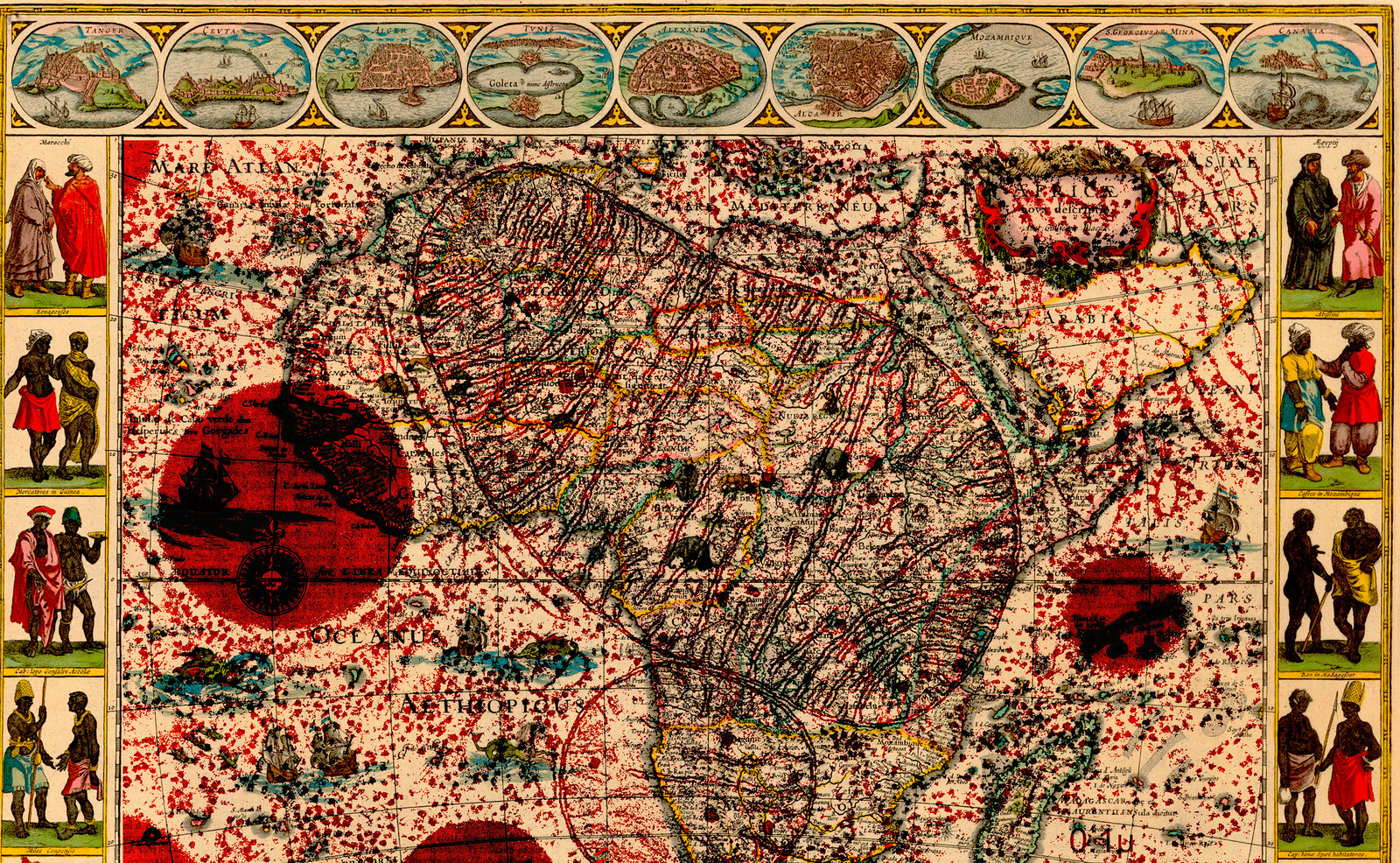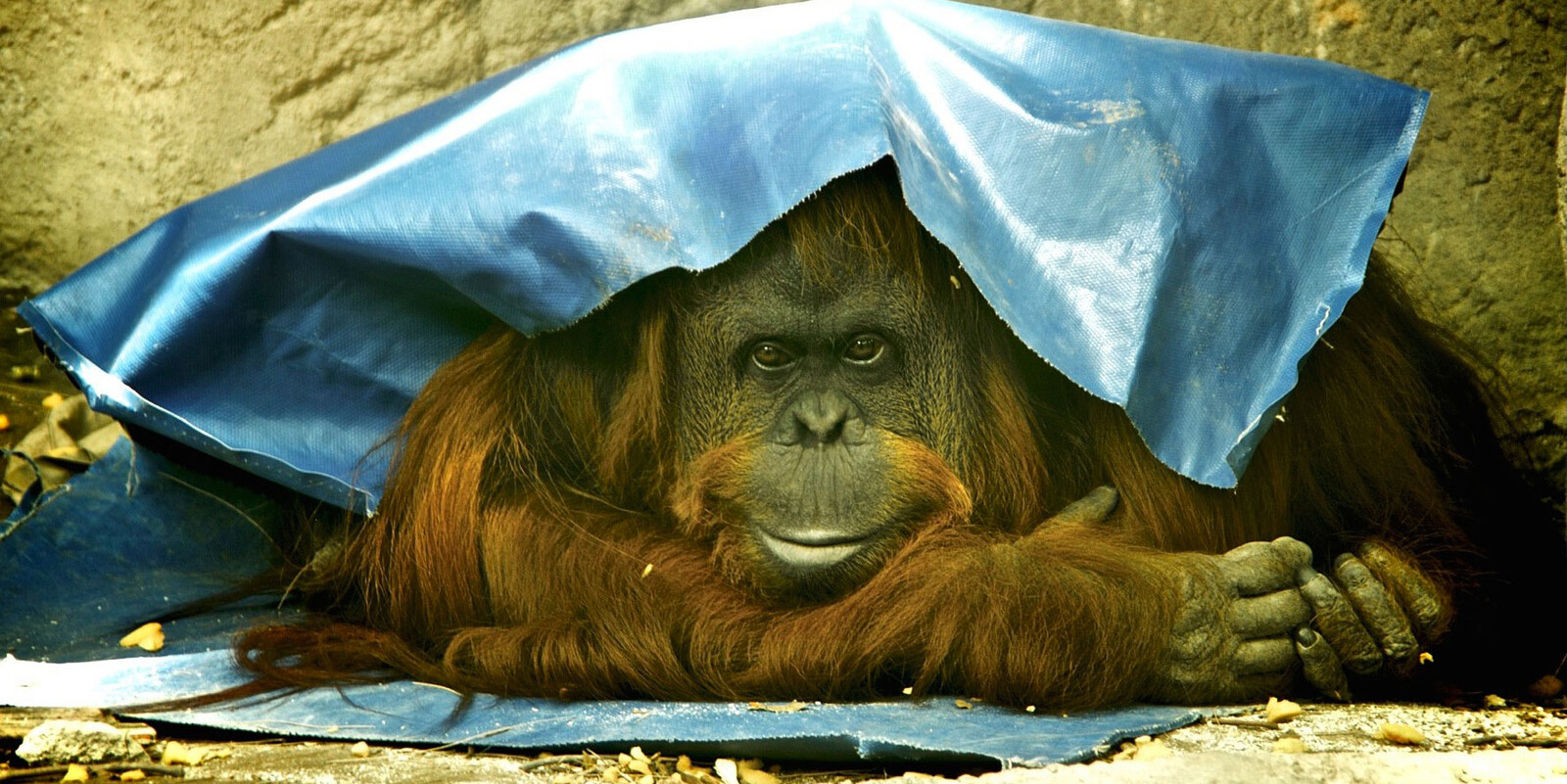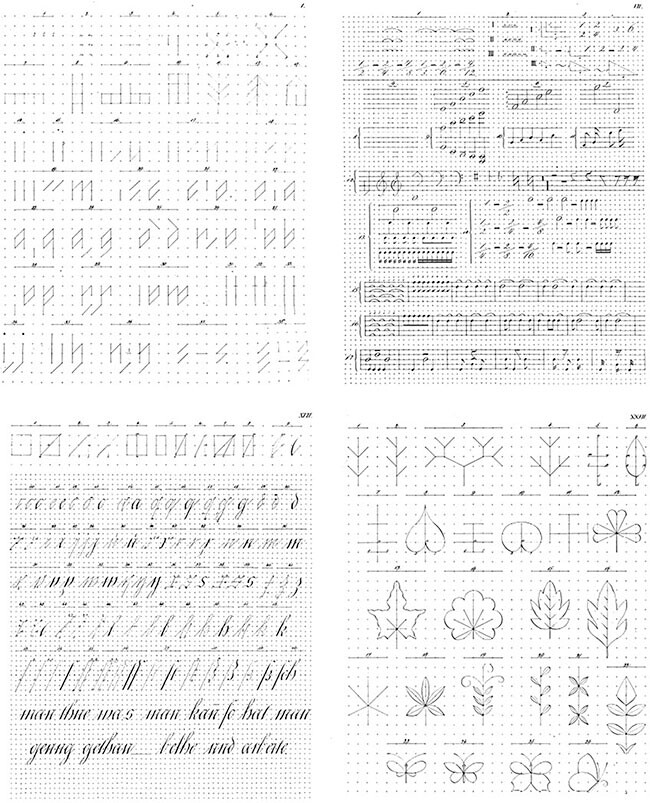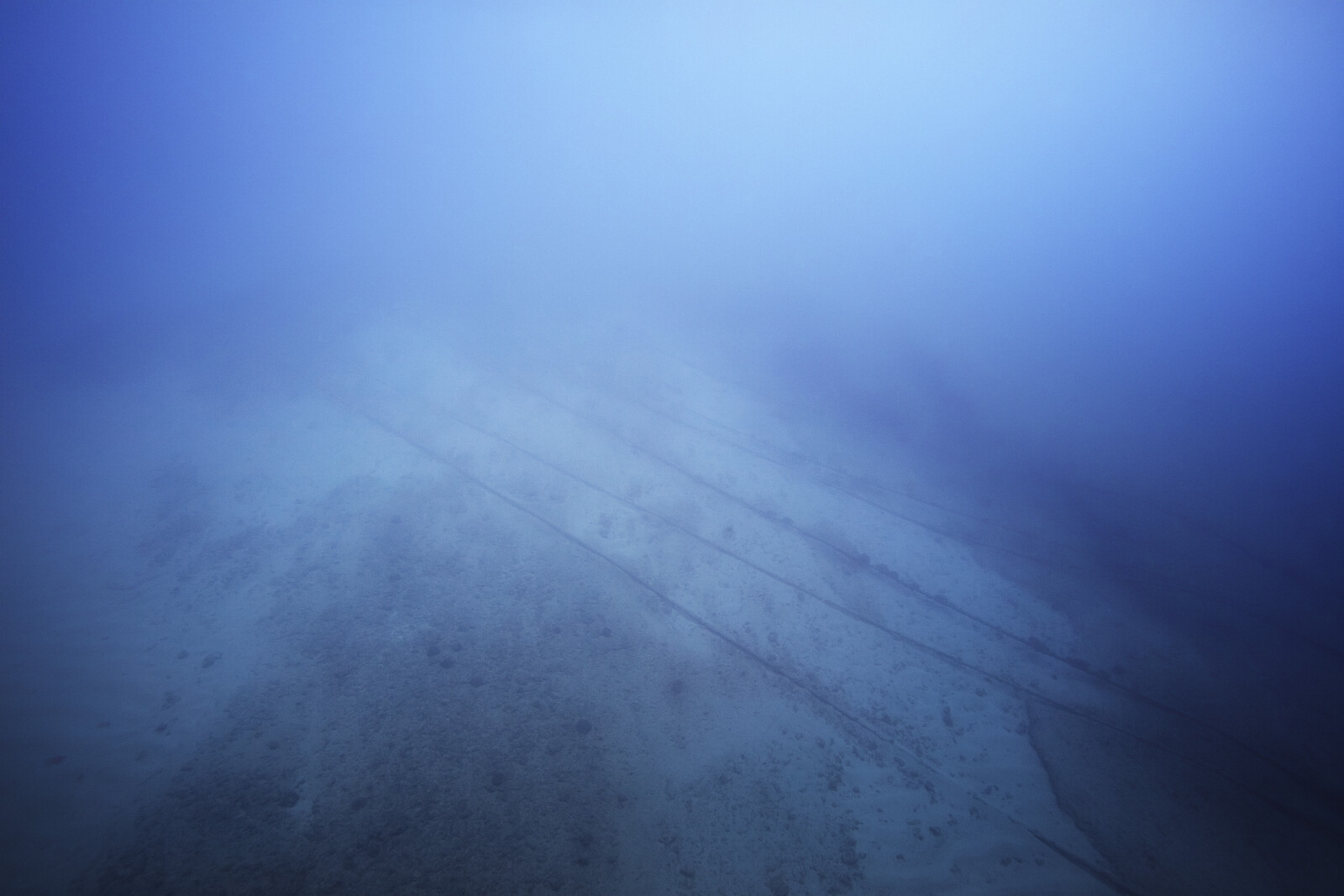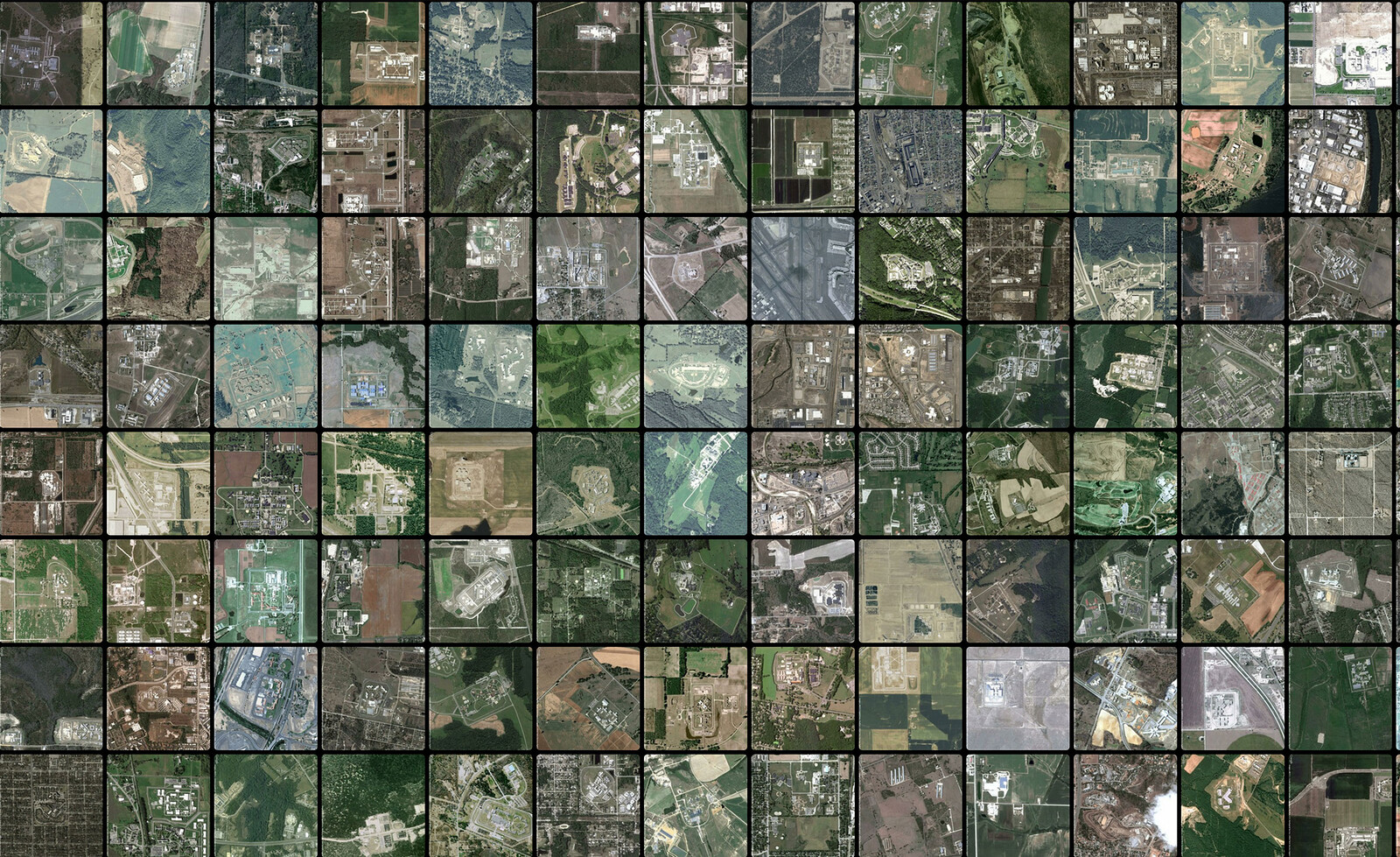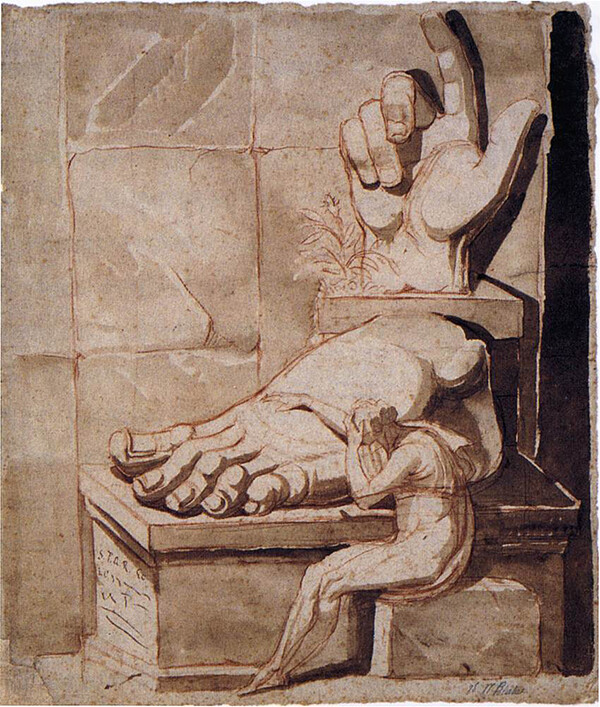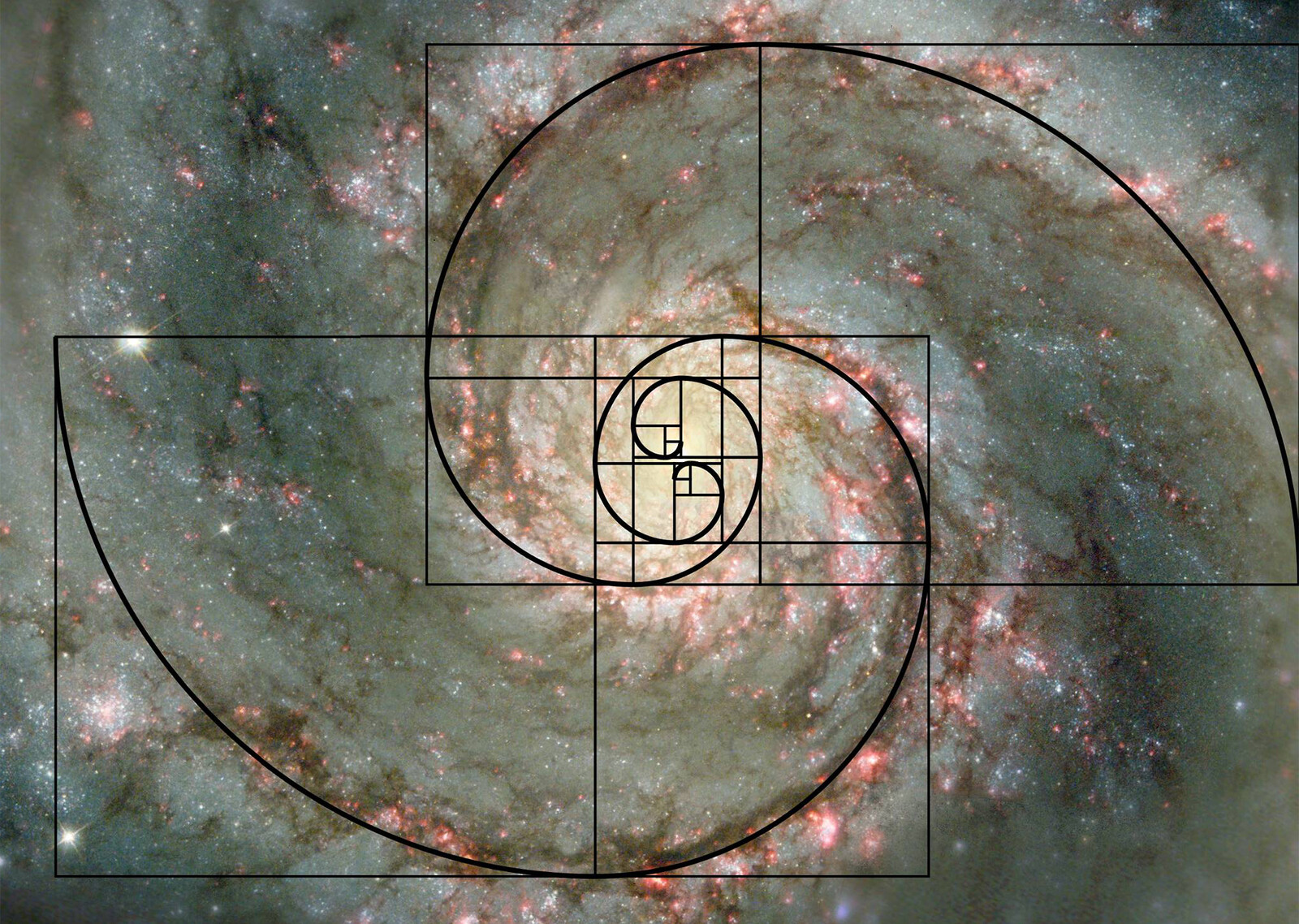Per Frederick Kiesler, design is born from a crocodile—a reptile caged inside the architect’s genealogical table alongside a solitary piece of metal.1 Were it not for the vertical line dividing the two figures, one could picture the crocodile snapping the hard rock with its open jaws and swallowing, slowly but steadily, the large mineral specimen. Design, Kiesler implies, is born by the omnivorous appetite of animal beings seeking to assimilate the most indigestible things, including inorganic substances by a transgressive territorial act of cross-species incorporation.
The second row of this evolutionary chart displays the first offspring of the crocodile, another crocodile, but unlike the one of “nature,” a larger, smoother and “abstract” animal-machine. Just like the metal slab is a different animal from the crude rock above, so is this “abstract” superanimal a different thing from its natural progenitor: its atrophied feet having turned into pliers, its tail into an airplane’s metal end, and the winding texture of the reptile’s scaly skin minimized into an undulating line of welding seams connecting patches of metal cladding. The croc has devoured the rock and is now ready to snatch the metal slab as well—the rectangular formation of its belly anticipating the homophagic inception. Design for Kiesler is birthed by such a sequence of unlikely cannibalisms between animate and inanimate objects. The inorganic animal of the “abstract” crocodile is the original “product design” of both the rock and the reptile, suggesting that the lines of descent in this table are more diagonal than vertical. Based on such diagonal correspondences, the evolution of design proceeds along a zigzagging pathway, as marked by the lines of the crocodile’s crusty texture.
Another preliminary draft from Kiesler’s book manuscript on “Magic Architecture” explains this design process: “Design is abstracted from nature (animals, plants, rocks), as metals are abstracted from nature (ore).”2 Design, then, is the combined product of mental abstraction and material extraction—a physical pulling from the surfaces of animal skin and geological ground, which in the architect’s diagram bear more than a morphological affinity with one another. A series of enumerated steps unravels the knots of such extraction. From the “natural animal” of the crocodile (1), a patch of its skin is extracted and framed by a rectangle via the act of “painting” (2). This chaotic bundle of lines then turns into the regular cosmos of a geometric “ornament,” which is the first work of design, proper (3).
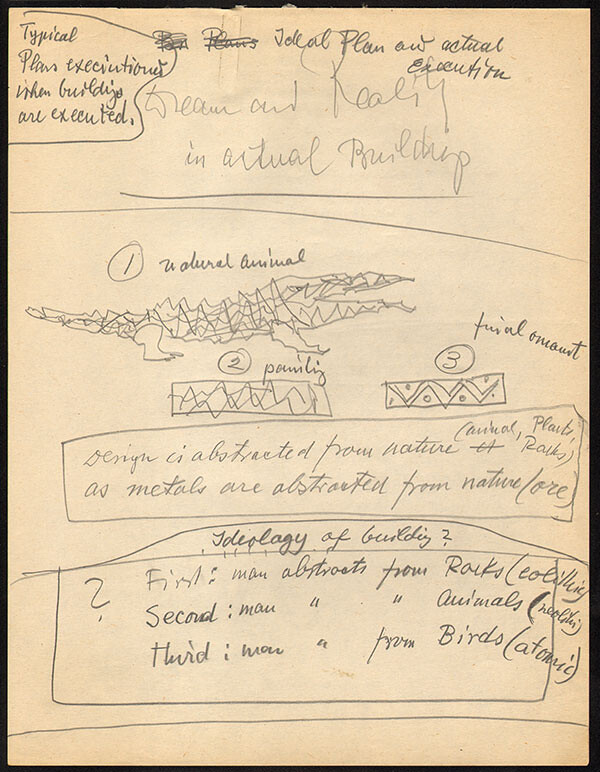

Frederick Kiesler, Notes and sketches on “Abstraction” and “Ideology of Building?”, preliminary draft for Magic Architecture (ca. mid-1940s) The Austrian Frederick and Lillian Kiesler Foundation, Vienna, TXT_6806_0_N1.
Returning to the third transformation from the first chart, we see that the body of the crocodile is replaced by an ornamental swatch bearing a pattern that emulates the zigzag line previously crisscrossing the crocodile’s metallic skin. Early-twentieth-century ethnologists note that African ornamentation is marked by a pronounced presence of snakes and lizards—the terrestrial animals that move closest to the ground. There, the earthly ground often transforms into a painted background for the ornamental arrangement of the lizards’ diminutive appendages drawn in plan in orthogonal schematizations.3 The ornament extracted from Kiesler’s “big lizard,” on the other hand, knows no distinction between figure and ground; it is all ground punctuated by a series of dots resembling the circular eyes of the “abstract” crocodile. Just when we thought the crocodile had vanished, it now looks at us from all around; anywhere we stand we could be stepping on its tail.
To the right of this swatch, the metal slab has given birth to a spiral ornament made of wire. Thus, the geometric abstraction of the painted ornament is supplemented by a three-dimensional (albeit flat) artifact that signals the emergence of “applied” arts, a system of detachable non-natural layers. Design is fully born when these ornamental surfaces become attached to the human body, which is what happens in the fourth and final stage of Kiesler’s diagram through textile art and metallurgy, as represented by a fabric skirt and metal earring worn by an African female. These bodily layers elevate both the subject and the artifact to the plateau of what Kiesler in his idiomatic English calls “over-nature”—essentially a supernature, amalgamating superhumanity with superanimality through the transformative power of design.
And so it is that the human body, or rather, the human type—as morphed by the anthropological principles of ethnologists such as Leo Frobenius (whose works Kiesler had in his library and cites in his writings)4—stands as the end result of this birthing process. Here, we move from the abstraction of nature to applied “art” and the supernature of the ornamentally-enhanced human—not in a vertical progression, as the orthogonal structure of the table would have us believe, but in a spiral rotation, reminiscent of the wire earring. The spiral artifact posing in the middle of the chart is not simply another product of design, but an ideogram for its evolutionary process, following which, the culminating point of the human is at once a return to its animal or mineral origin and a deviation from it by an increasing margin. The fact that this spiral is made of metal “wire” gives us another perspective onto the affinities of this primeval adornment with man’s technological extension via modern infrastructural networks, bridging the gap between the “eons” of prehistory and the “Atomic” era inhabited by Kiesler.
The reciprocal displacements and material transformations in Kiesler’s table suggest that design consists of a periodic sequence of subtractions and additions. In the chart’s first two levels, abstraction equals a physical tearing from the raw material and the animal skin. In the lower two, the design of bodily ornament restores the attachment of the natural specimen (either animal or mineral) to the earthly ground by affixing the sample of an artificial ground onto the surface of the human body, whose own geological consistency is entirely restructured by the inorganic character of the ornamental envelope. In that, the architect’s evolutionary chart depicts not simply the birth of design but also the birth of the human by design.
The chart itself is the ultimate design. The principle of “sympathetic magic” (a term from James Frazer’s The Golden Bough that exists in Kiesler’s library in a two-volume edition), where “like produces like” (and, here even eats like) simultaneously consolidates and unravels the chart’s vertical composure.5 The same telepathic force allows the objects of the right column to communicate with those of the left while maintaining their distance. We could imagine an expanded history or even a historiography of design based not on a vertical genealogy of manmade artifacts but a series of reciprocal exchanges between nature and “over-nature” that are not limited to the domain of the human, but are willing to include the animal territory of the crocodile and its elective affinities with metal.
Ornaments and Implements
The “birth of design,” writes Kiesler, describes the moment when “man discovers his capacity to convert his own body into a dream image through painting or make-up.”6 This conversion proceeds from the thick surface of painting to the three-dimensionality of physical bodies and manmade artifacts, yet also maintains the ethereality of a “dream image,” projected most prominently on the screen of the human skin, the first canvas of human design. While other design (pre)histories present the hand axe—a stone implement detachable from the body—as the first product of human artifice, Kiesler prioritizes a form of design that is applied onto the body itself. The body performs both as an instrument and a surface for design upon which the instrument draws.
Design proceeds by a leap to the animal. The facial make-up Kiesler cites is patterned to imitate animal skin—such as the striped fur of a tiger—in the attempt to endow the wearer with a semblance of the superhuman strength of the animal. Paint here represents a tectonic psychological support that is embedded on the surface of the body. The first human design is the image of an animal worn on top of the human skin, allowing the human to shift places in the evolutionary continuum instead of consolidating its superior position. The painted skin in this case is an implement (both for attack and defense), as well as an article of bodily adornment. For Kiesler, there is essentially no ontological distinction between ornament and implement—two object categories that are rigorously differentiated in modern histories of design (the distinction even becoming constitutional in certain histories of modern architecture).
In another diagram of “transformation” illustrating the process of “humanization” in tandem with techniques of human “adornment” and “beautification,” Kiesler draws a human hand (with intense hair growth) holding a jawbone. The bone is initially employed as a weapon or functional implement, but is then turned into a “decorated relic” by hanging strings made of plant or animal fibers with small natural objects attached to them from the jaw’s remaining teeth.7 The previously inert instrument is now a vibrant decorative relic oscillating by the swaying movement of its pendants. Here, design coincides with the origin of adornment, since when it was used as weapon or spatula, the jaw bone was essentially unaltered. Echoing this original “transformation,” adornment constantly reclaims objects of design and tries to redesign them for its own (side)purposes.
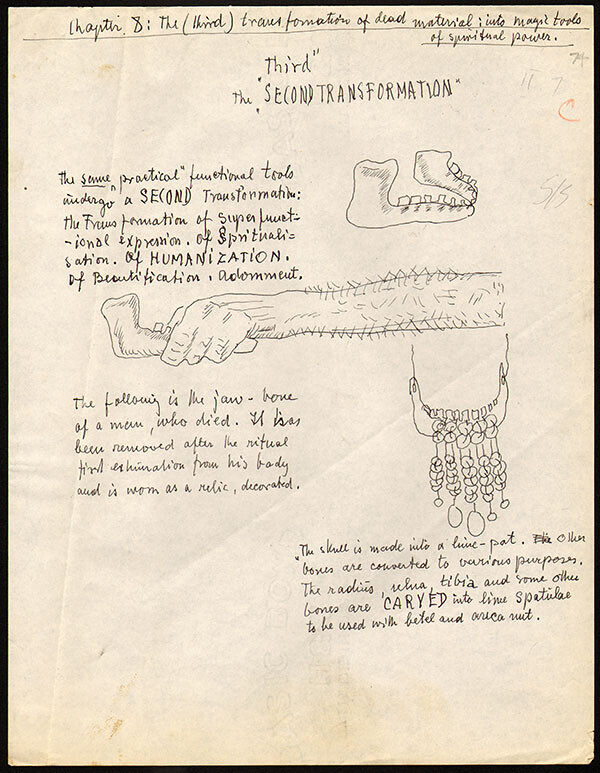

Frederick Kiesler, Drawing and notes on “The SECOND TRANSFORMATION (transformation of dead materials into magic tools of spiritual growth),” illustration and diagram for Magic Architecture (ca. mid-1940s) The Austrian Frederick and Lillian Kiesler Foundation, Vienna, SFP_6662_0_N6.
Atomic Birds
The final design stemming from Kiesler’s crocodile is neither an implement nor an ornament. It is, in fact, not a material object at all, but another grand theoretical and historical schema comparable to the table we saw earlier. Returning to the second sketch discussed earlier, with the crocodile on top illustrating the process of design abstraction, we see at the bottom of the same page another chart in the form of a rectangle with a trapezoid simulating the roof of a building. This theoretical crown contains the title of the diagram: “Ideology of building?” The question mark is repeated inside the rectangle containing a theoretical outline divided into three chronological eras: “[E]olithic,” “[N]eolithic,” and finally in a transhistoric leap, “[A]tomic.” These three phases correspond to sources of design “abstracted” from “rocks,” “animals,” and “birds,” respectively. We have already familiarized ourselves with design abstraction from minerals and animals in Kiesler’s previous charts, but “birds” are a new addition in this totemically classificatory scheme. How and from where do birds fly into the architect’s theoretical “building”? And if the “ideology” of that building represents a genealogy of design, why do “birds” correspond to the architect’s own “Atomic” era—the period in which he is jotting most of these notes and diagrams?
Perhaps appropriately, the answer to this hovers outside this draft and the tripartite scheme of its theoretical enclosure. In 1944, Kiesler sketched a few preliminary proposals for an exhibition on “Ecology” from a “geological” perspective to be installed at the Natural History Museum in New York, which was never materialized. One of his drawings depicts the placement of all organic species in relation to the ground, which represents the geological origin of life: from starfish and seaweed at the bottom of the ocean to worms and multi-leg lizards which move closest to the earthly ground, to quadrupeds and the (few) biped species whose “forefeet” are “up [from] the ground,” and finally, aerial creatures that fly in the “air.”8
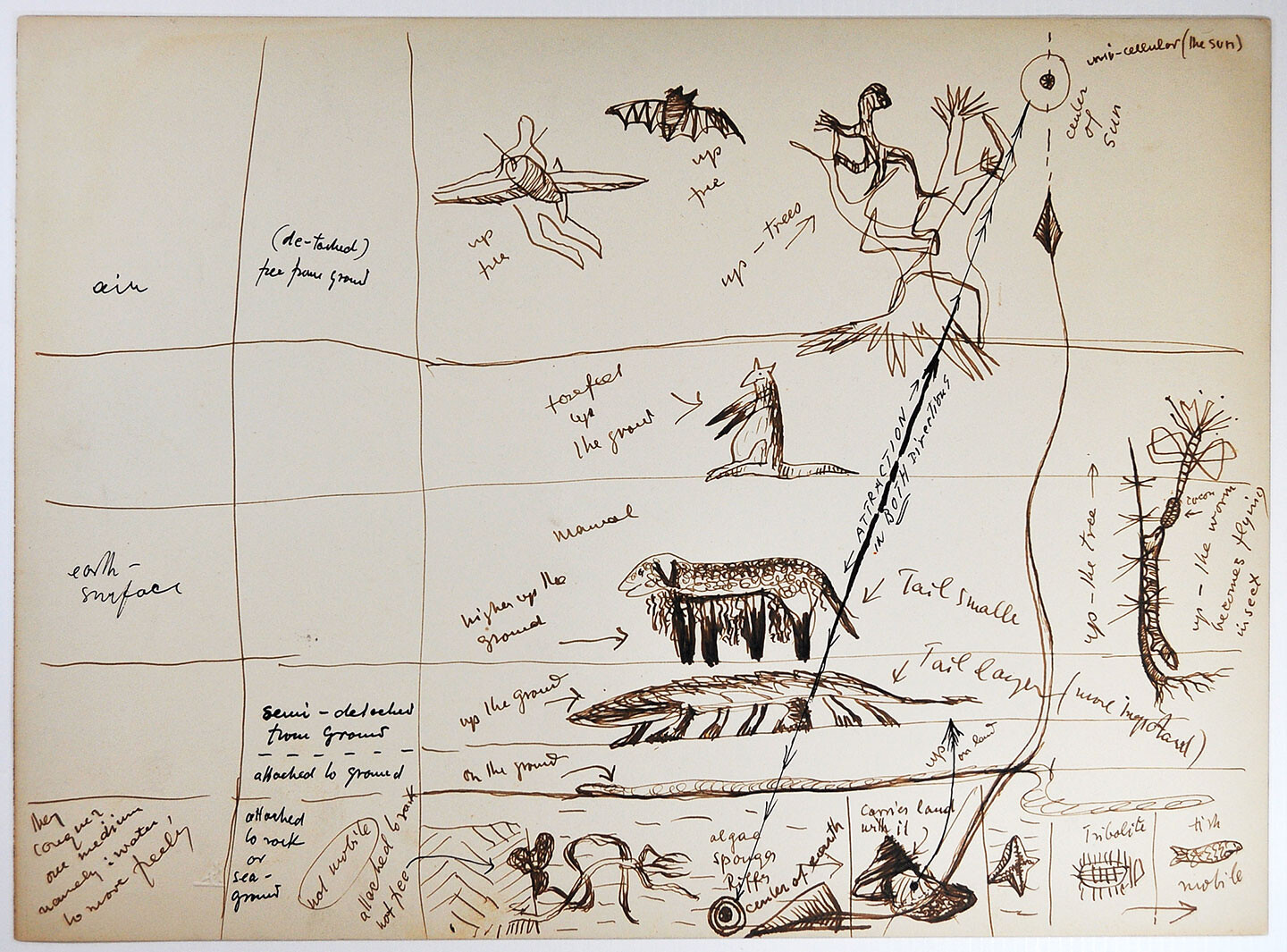

Frederick Kiesler, Diagram for the “Ecology” exhibition, study for a project in the Museum of Natural History, 1944, The Austrian Frederick and Lillian Kiesler Foundation, Vienna, SFP_6615_0.
Strikingly, the human species figures not in the biped category, which is occupied by a kangaroo, but rather finds itself airborne. Superimposing Leonardo’s sketch for a flying “man-machine” and the design of a modern airplane, Kiesler’s human appears along with a bat to fly high, “up free” and “detached” from the earthly “ground.” The aerial domain, and by extension, the spatial spheres far beyond the envelope of the earth, constitute the human being’s projected milieu—the endpoint of man’s endlessly expansive design orientation. It soon becomes clear, however, that this birdman is no free creature flying carelessly in an idyllic heaven but is instead the harbinger and eventual agent of mass destruction from the sky.
“And the greater his civilization the farther away will he take his stand for the kill… [h]is ultimate dream of safety is to be able to shoot from interstellar space—unseen, unheard, with nothing of his scent coming down wind,” writes Kiesler in a chapter of his Magic Architecture titled, “Fear of the Unseen.9 The “birdman” of the Atomic age is the human inside the airplane, a metal-insulated body reminiscent of the geometric figure of the “abstract” crocodile and its metallic tail. The birdman condenses all three developmental phases of Kiesler’s “Ideology of Building” diagram and their corresponding natural models—rock, animal, and bird—into one composite figure. In effect, all earlier states survive in the latest one: there are still fossils of the “Eolithic” rock and organic rudiments of the “Neolithic” crocodile inside the chassis body of the “Atomic” bird.
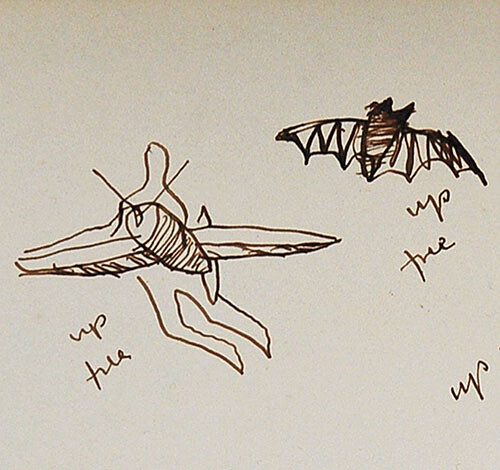

Detail from Frederick Kiesler, Diagram for the “Ecology” exhibition, study for a project in the Museum of Natural History, 1944, The Austrian Frederick and Lillian Kiesler Foundation, Vienna, SFP_6615_0.
Following Kiesler, one can argue that there are basically two types of design instruments present throughout human history: “tools for attack” and “tools for defense.” While other forms of design, such as ballistic devices and aerial military technologies produce “tools for attack,” houses function primarily as “defense mechanisms.” During the Atomic era, air and ground switch positions in the stratospheric classification of human design. Instead of being the space of transcontinental exchange and universal communication (the infrastructural extensions of the metal “wiring” technologies originating in the spiral earring pictured in the architect’s first diagram), the air becomes the stratum of imminent death—a sky persistently darkened by the possibility of aerial attack—while the underground or the mineral enclosure of a “cave” becomes the protective environment shielding the preservation of life. Both the departure and endpoint of human design signal a return to the “rock”—the inorganic condition represented by the “metal” at the top of Kiesler’s original diagram next to the crocodile of “nature.” The reptile’s open jaws transform into an abstract arrow, pointing towards a redirection of the “birth of design” from life’s mineral and animal origins to its (super)human extinction.
Frederick J. Kiesler, Magic Architecture. Origin and Future. The Story of Human Housing, unpublished book manuscript (ca. 1945) Archive of the Austrian Frederick and Lilian Kiesler Private Foundation Vienna, (hereafter cited as MA), TXT_6806_0_N2.
MA, TXT_6806_0_N1.
Karl Weule, “Die Eidechse als Ornament in Afrika,” in Festschrift für Adolf Bastian zu seinem 70. Geburtstage. (1896), 169-94.
In particular, Leo Frobenius, Kulturgeschichte Afrikas (1933).
James Frazer, The Golden Bough: A Study in Magic and Religion, abridged ed. of 1922 (1996), 15.
MA, TXT_6689_0_N1.
MA,11_SFP_6662_0_N6.
Frederick Kiesler, Ecology Exhibition, study for a project in the American Museum of Natural History, New York, 1944. The Kiesler Foundation, Vienna, SFP 6614.
MA, TXT_5877_0_N015-16.
Superhumanity is a project by e-flux Architecture at the 3rd Istanbul Design Biennial, produced in cooperation with the Istanbul Design Biennial, the National Museum of Modern and Contemporary Art, Korea, the Govett-Brewster Art Gallery, New Zealand, and the Ernst Schering Foundation.
Category
Subject
Superhumanity, a project by e-flux Architecture at the 3rd Istanbul Design Biennial, is produced in cooperation with the Istanbul Design Biennial, the National Museum of Modern and Contemporary Art, Korea, the Govett-Brewster Art Gallery, New Zealand, and the Ernst Schering Foundation.
